BIOLOGY/BIOLOGISTS/LAB TOOLS
1/94
There's no tags or description
Looks like no tags are added yet.
Name | Mastery | Learn | Test | Matching | Spaced |
|---|
No study sessions yet.
95 Terms
beaker
used to hold liquids

erlenmeyer flask
used to hold liquids, has narrow neck to prevent splashes
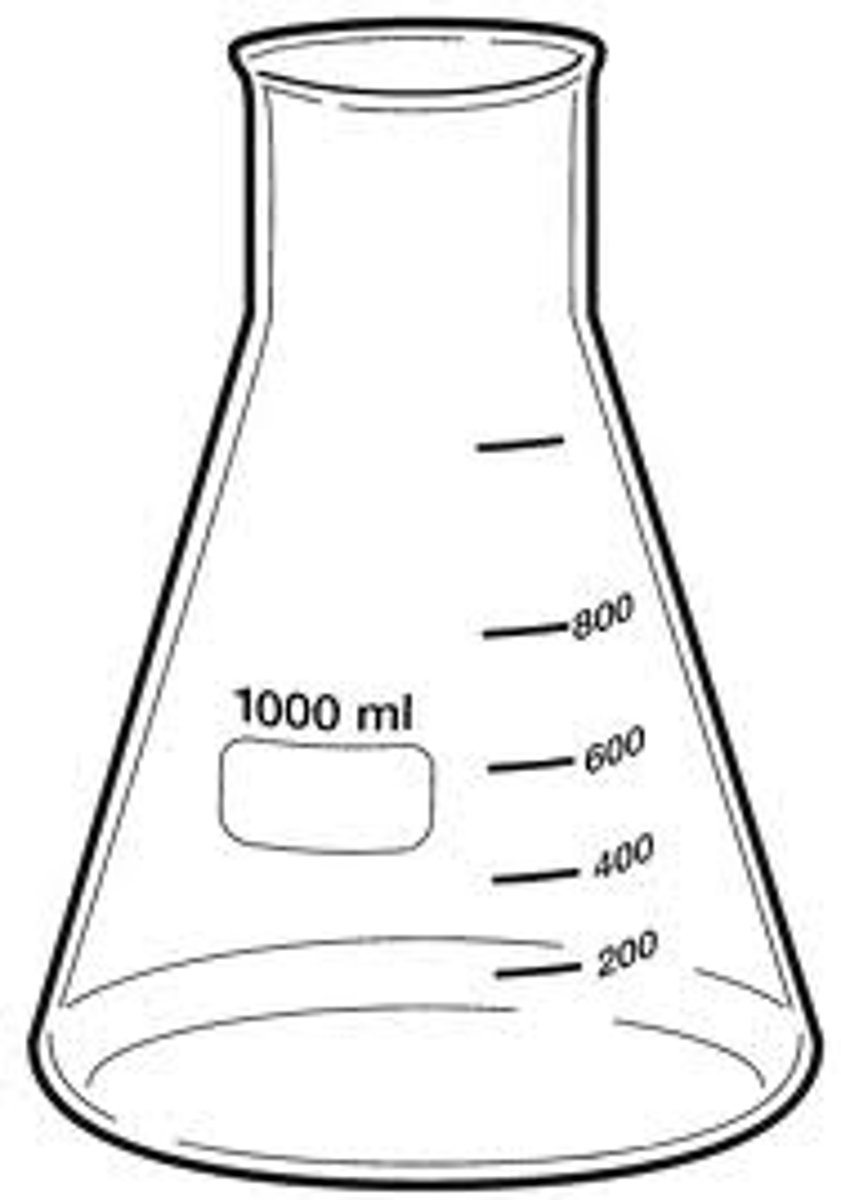
florence flask
Used to store liquids
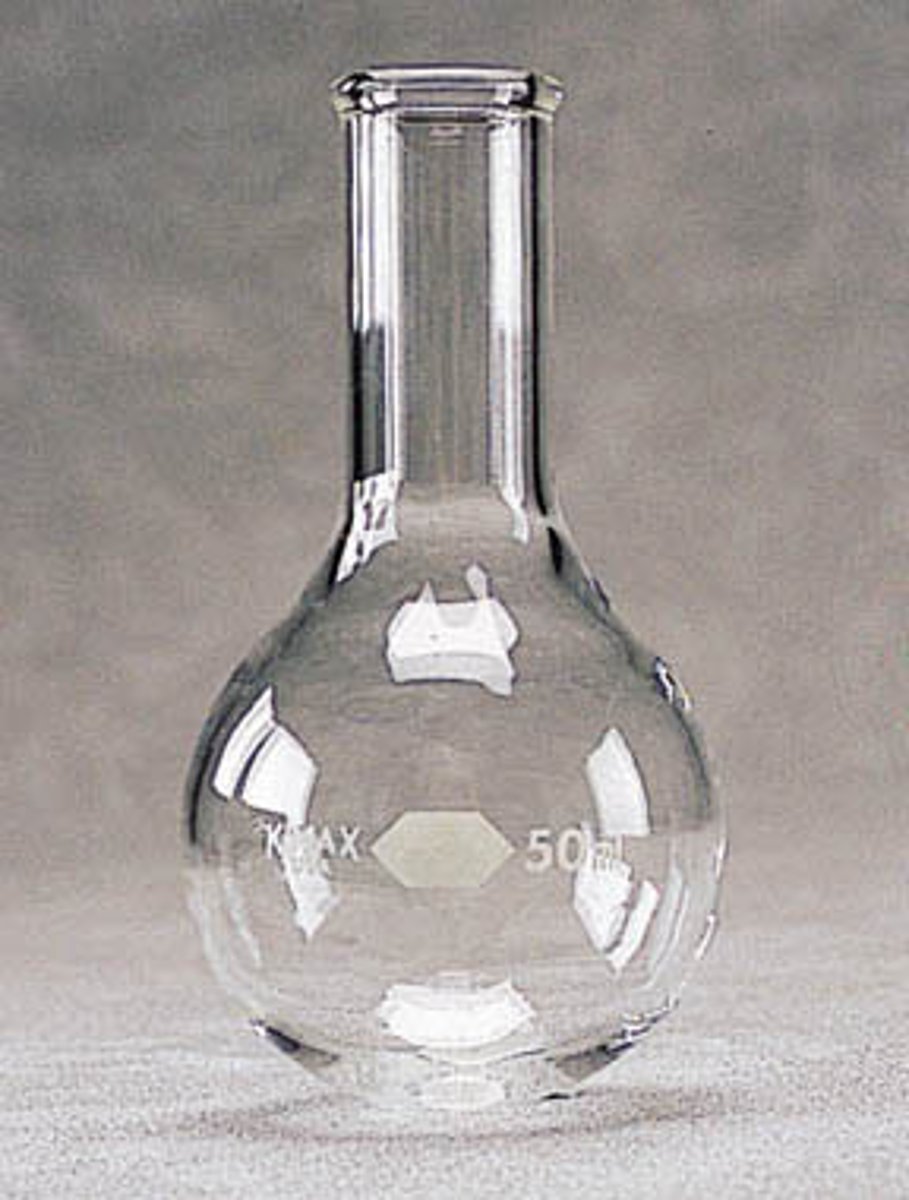
graduated cylinder
used to measure the volume of a liquid
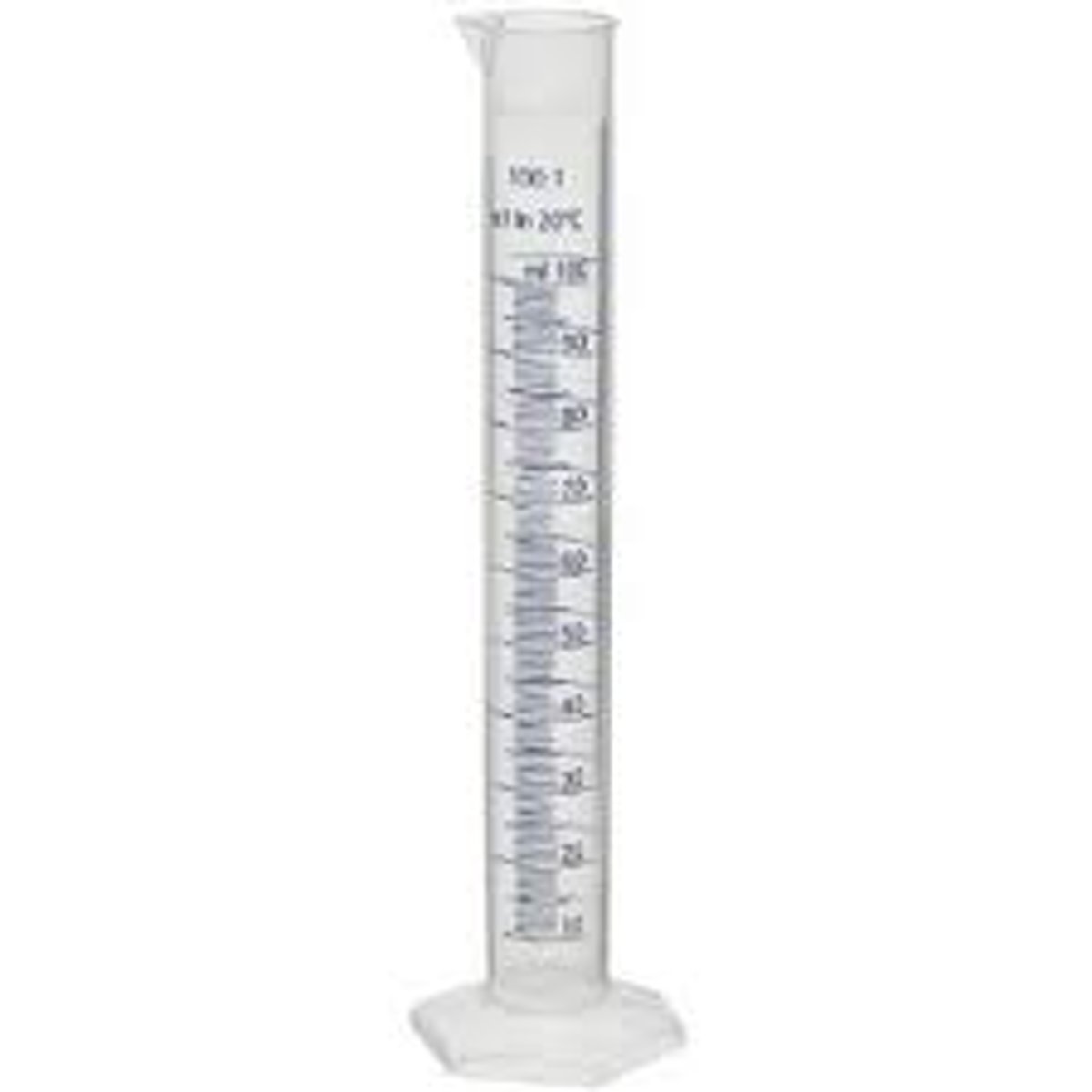
test tube
open tube used to hold liquids
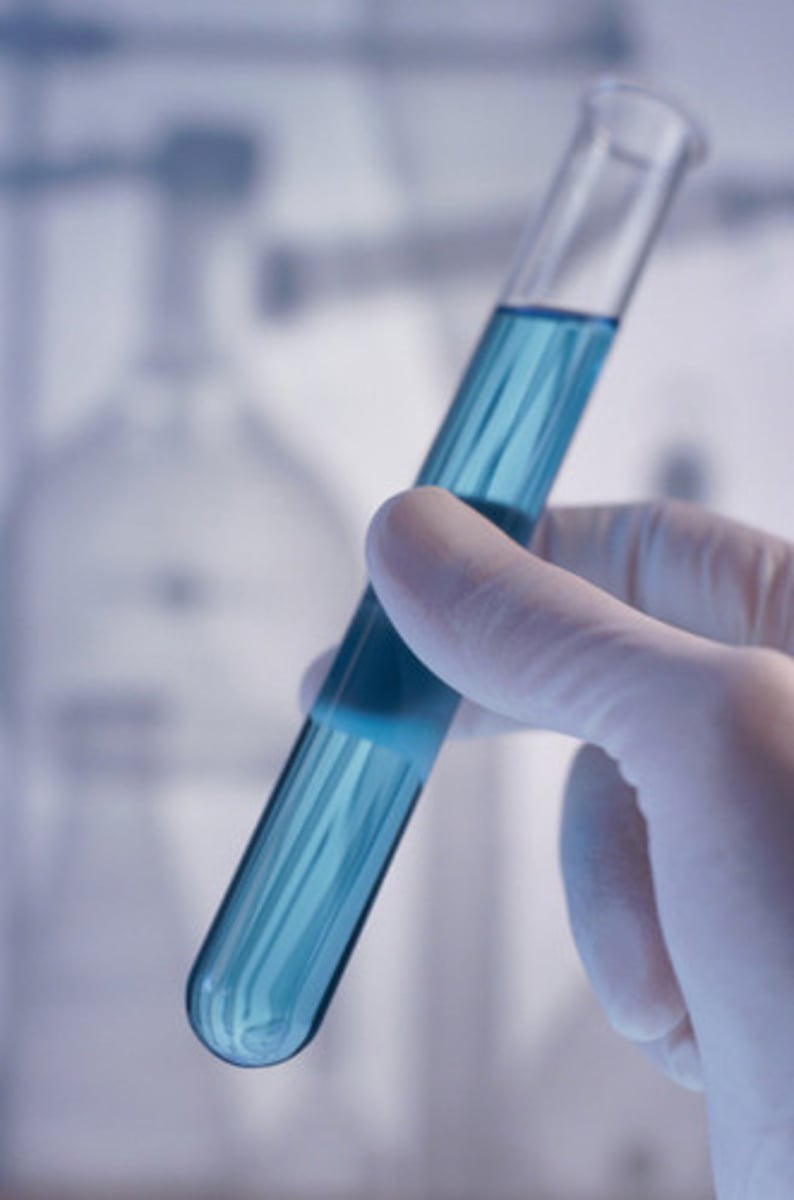
stirring rod
used for stirring
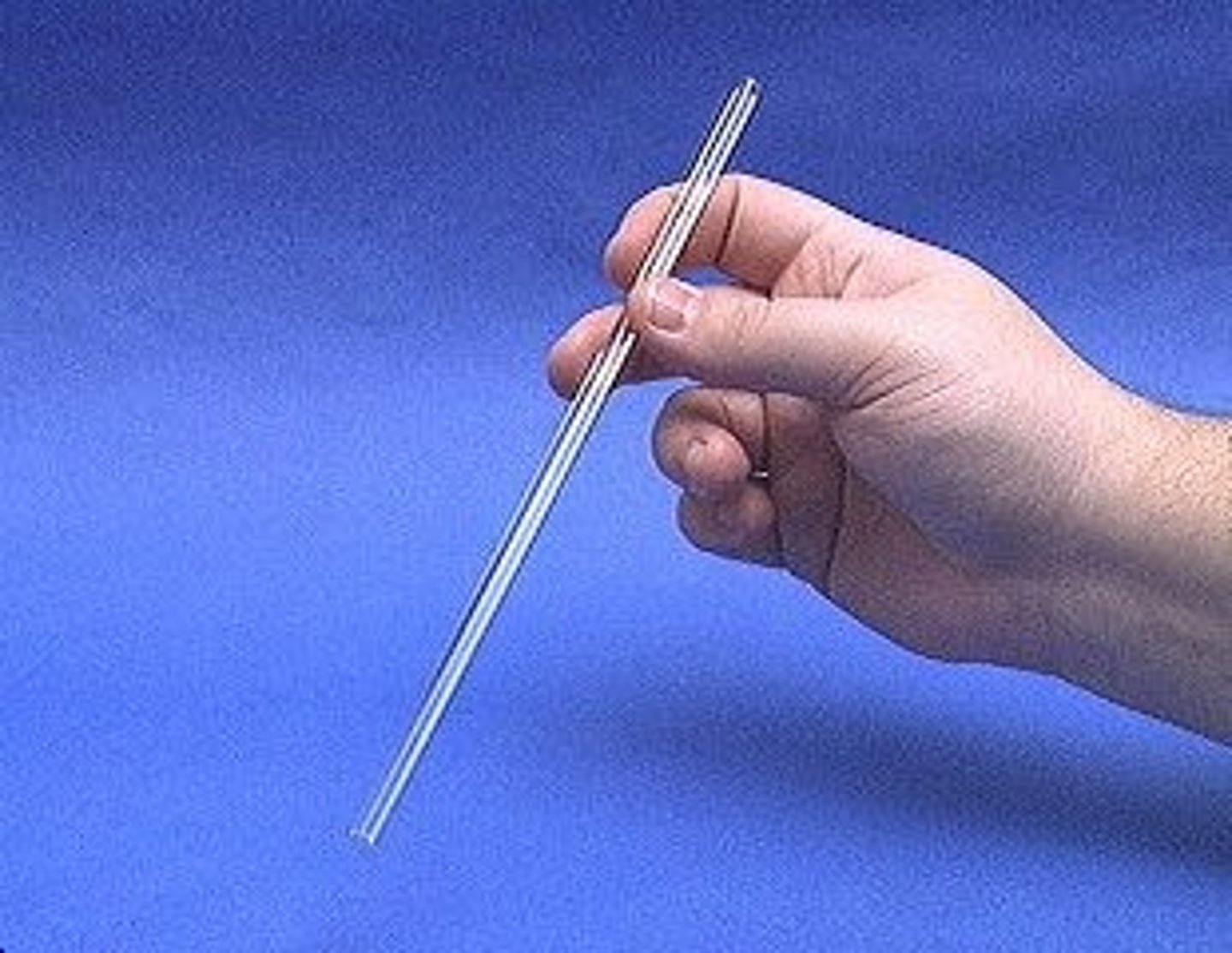
evaporating dish
Used to evaporate liquids from a mixture
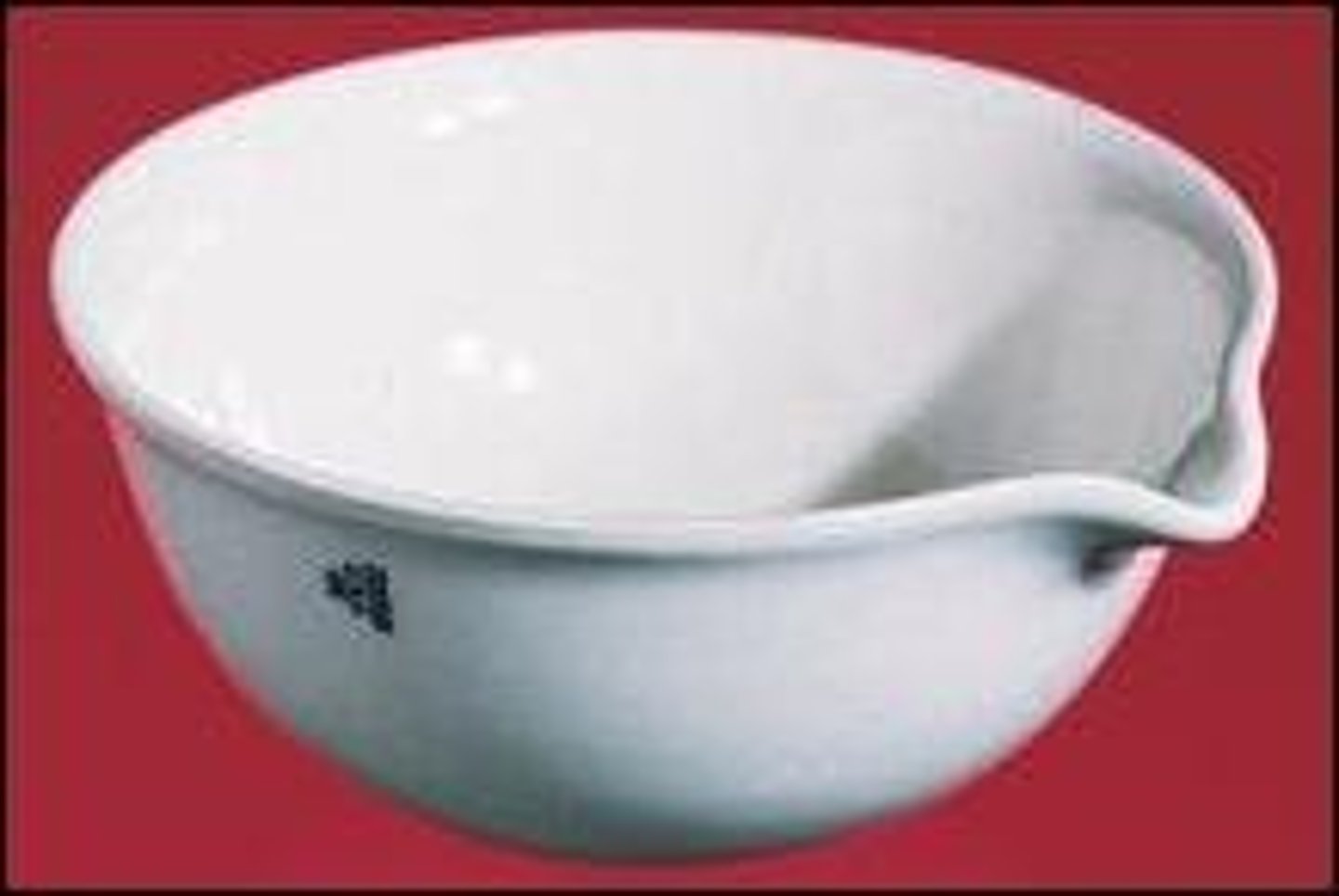
test tube rack
used to hold test tubes

wire gauze
to spread the heat of a flame

iron stand
supports the iron ring when heating substances or mixtures in a flask or beaker.
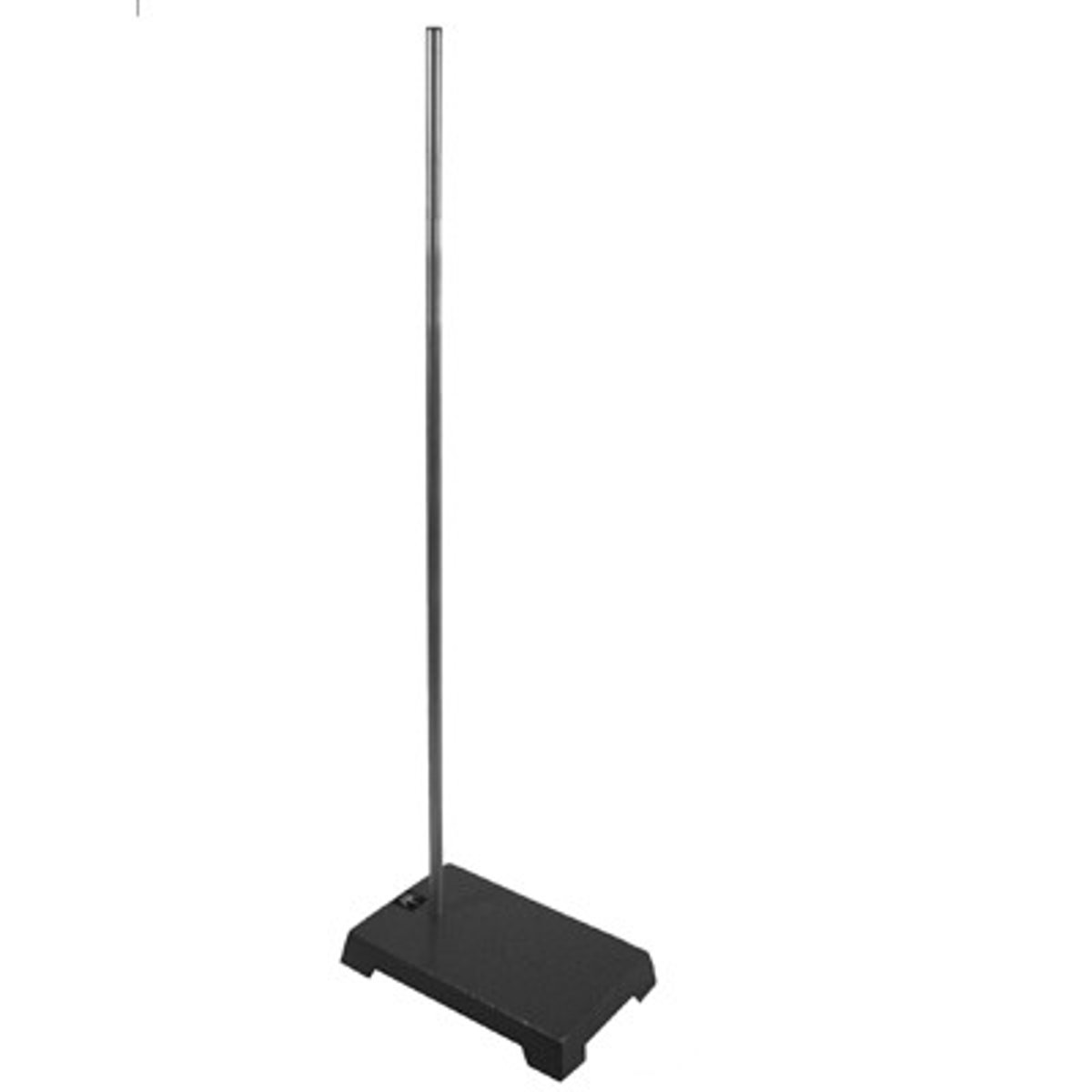
iron ring
to fasten to the ring stand as a support for apparatus
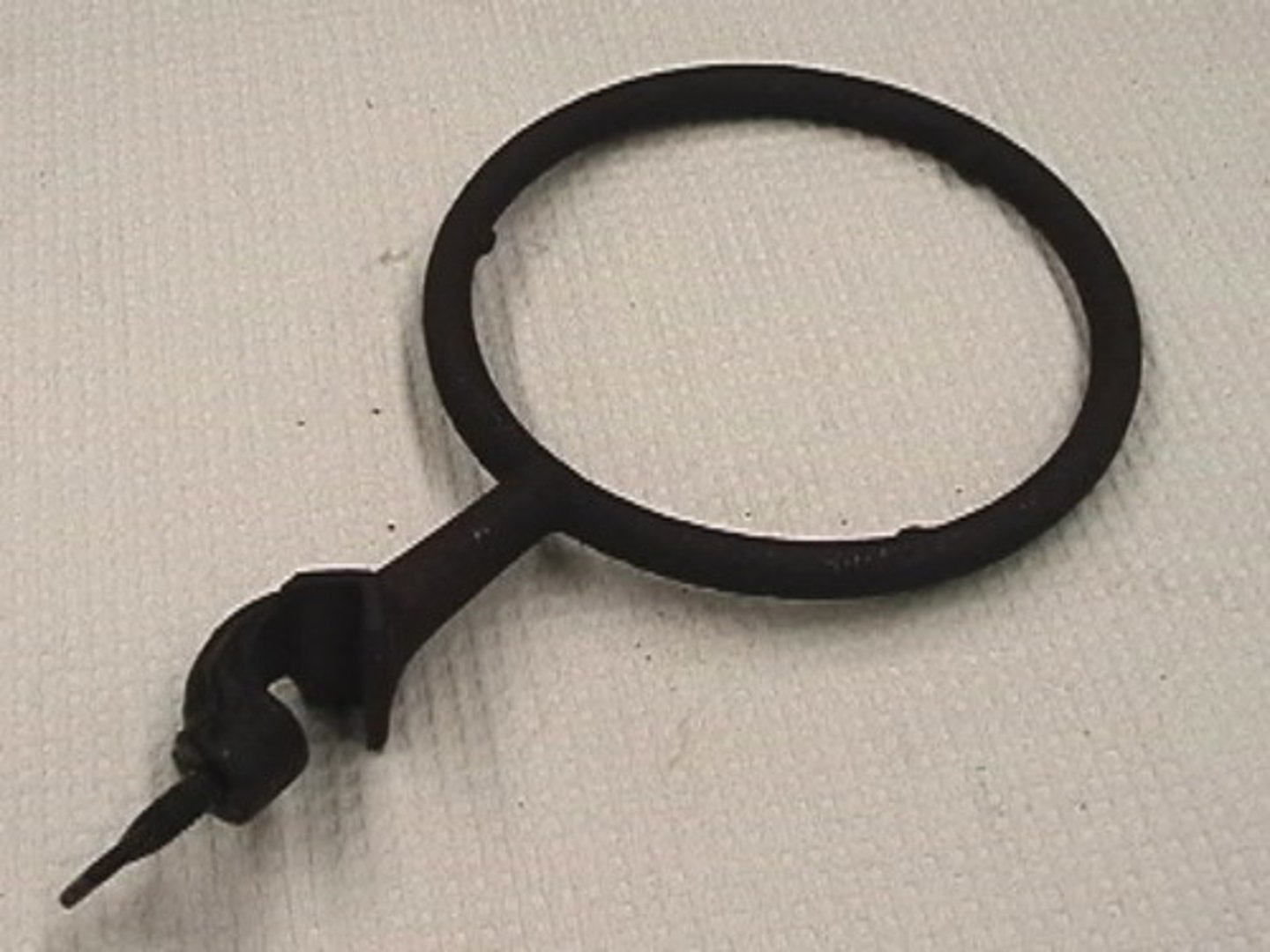
funnel
for pouring liquid or other substance through a small opening
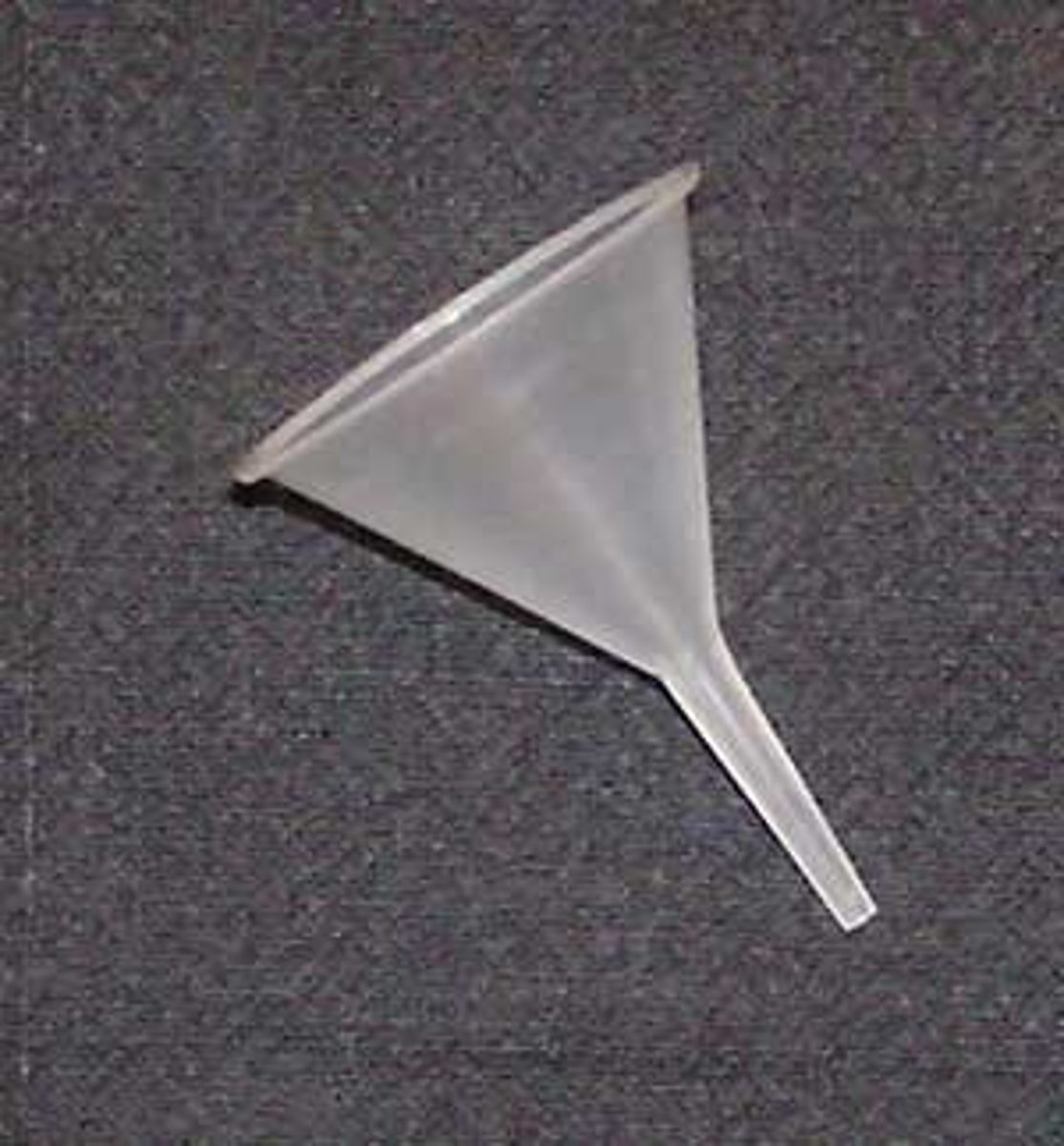
plastic wash bottle
flexible plastic; squeeze sides to dispense water
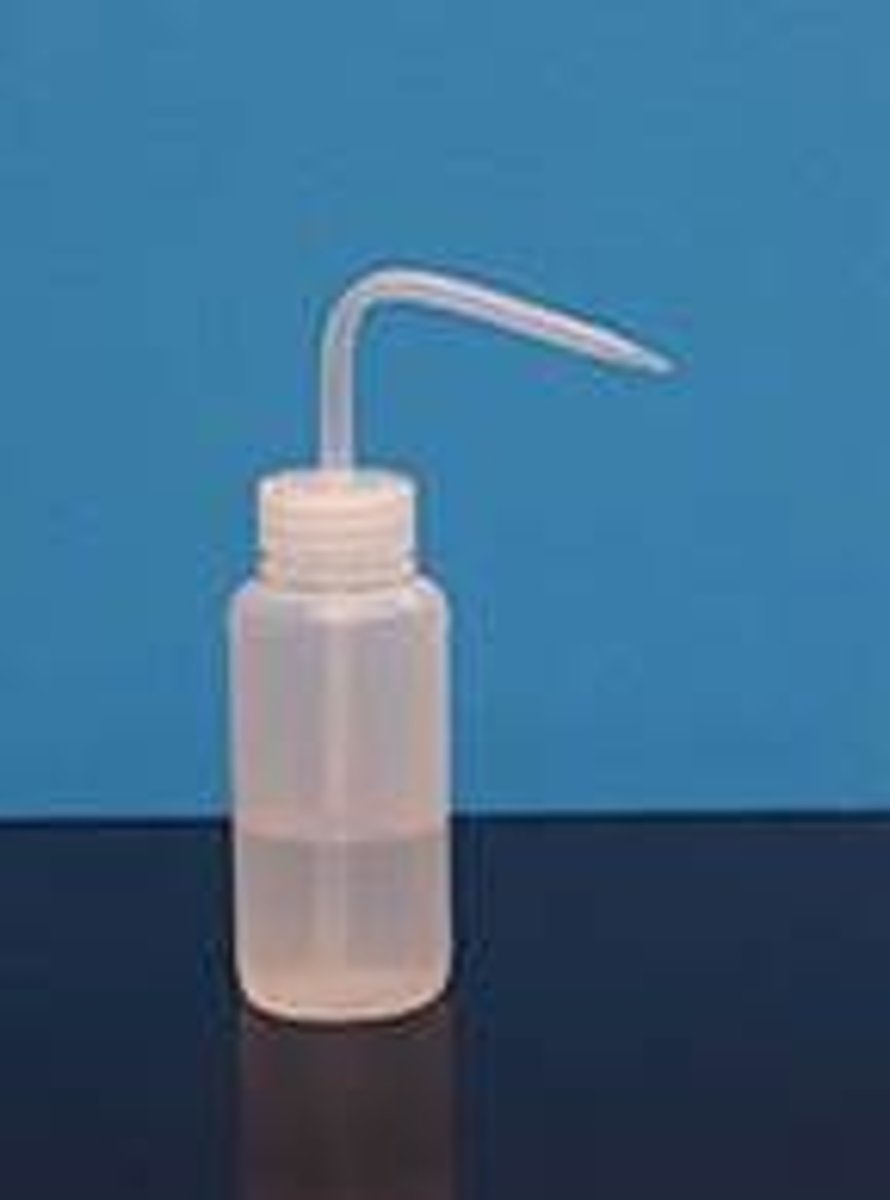
crucible and cover
used to hold small amounts of chemicals during heating at high temperatures

tongs
to hold hot crucibles
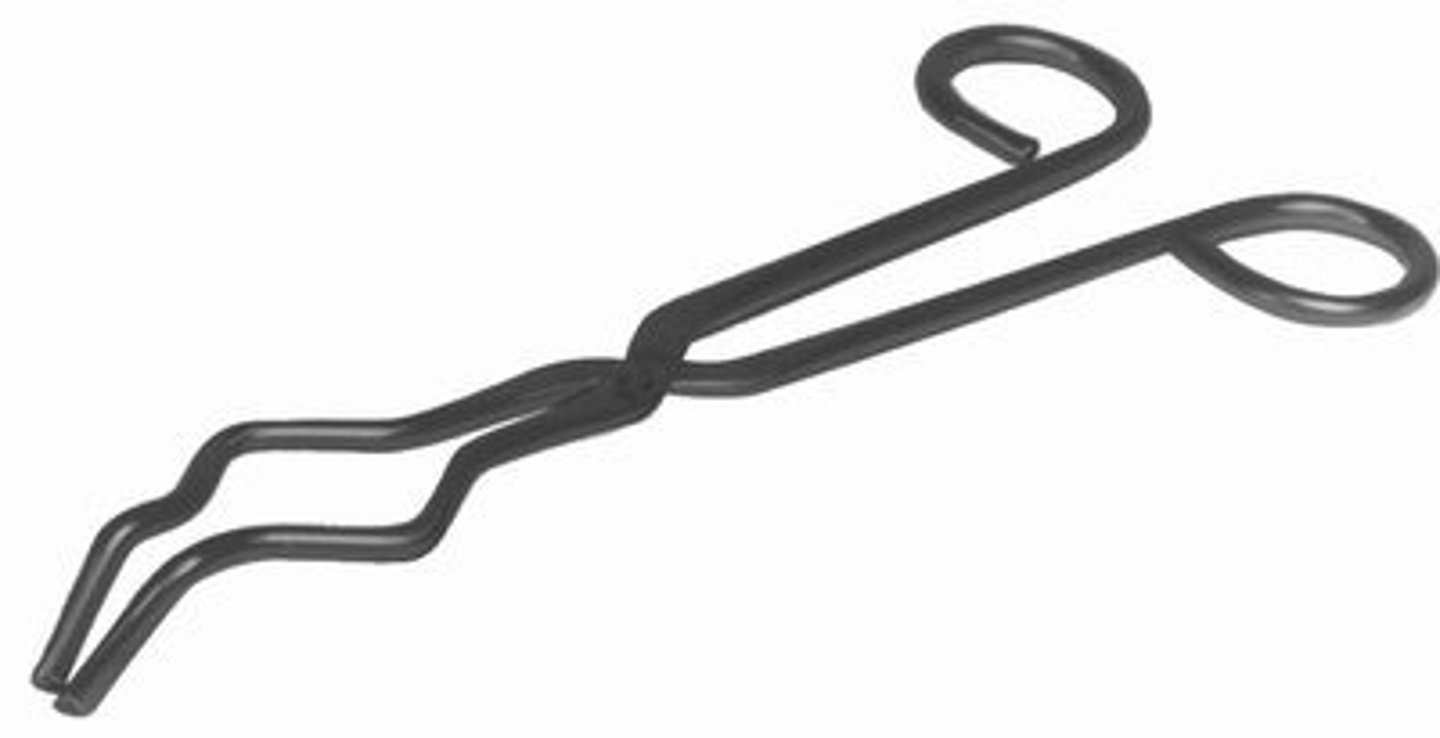
test tube holder
Holds test tubes
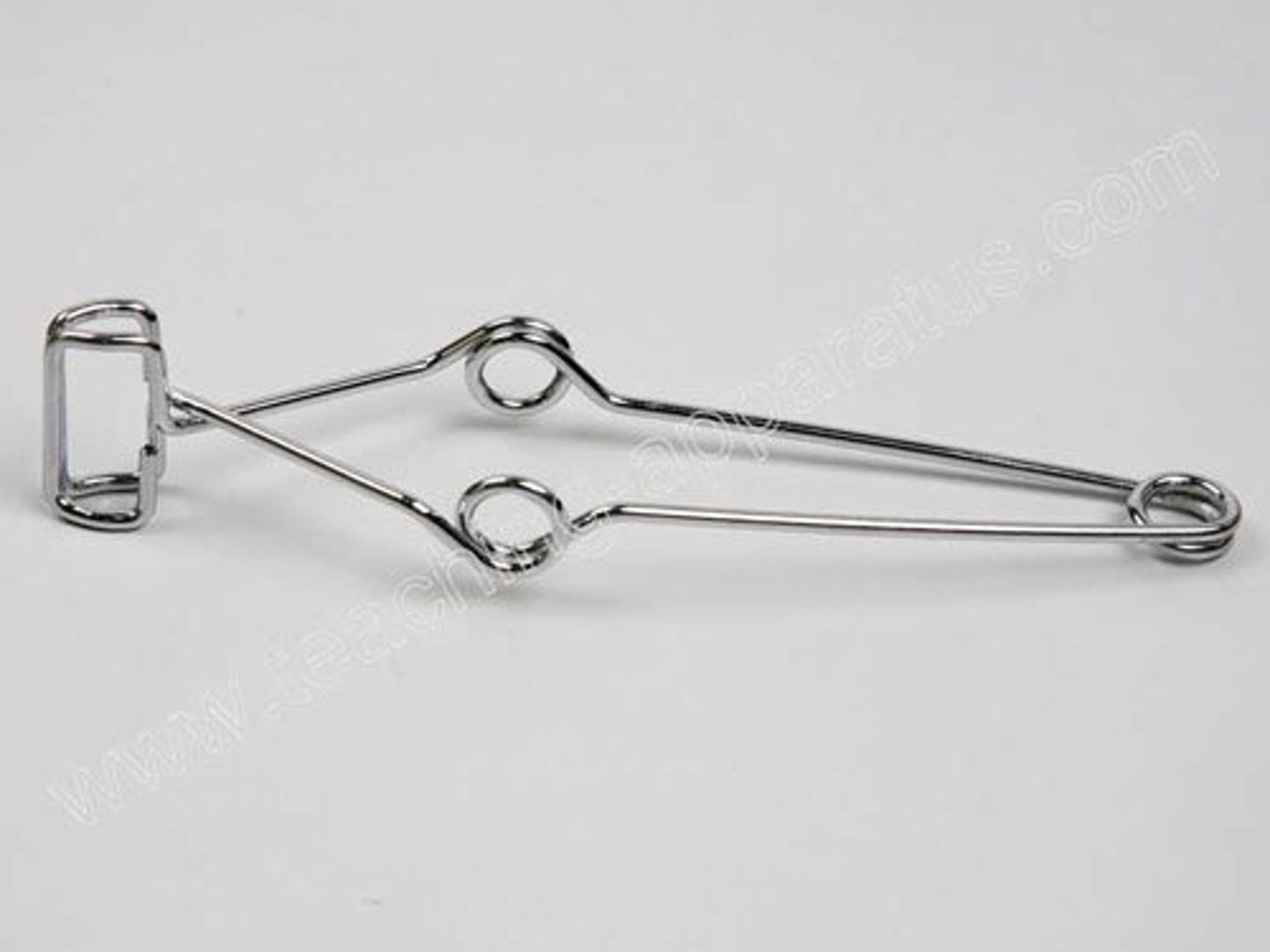
forceps
used to pick up or hold small items
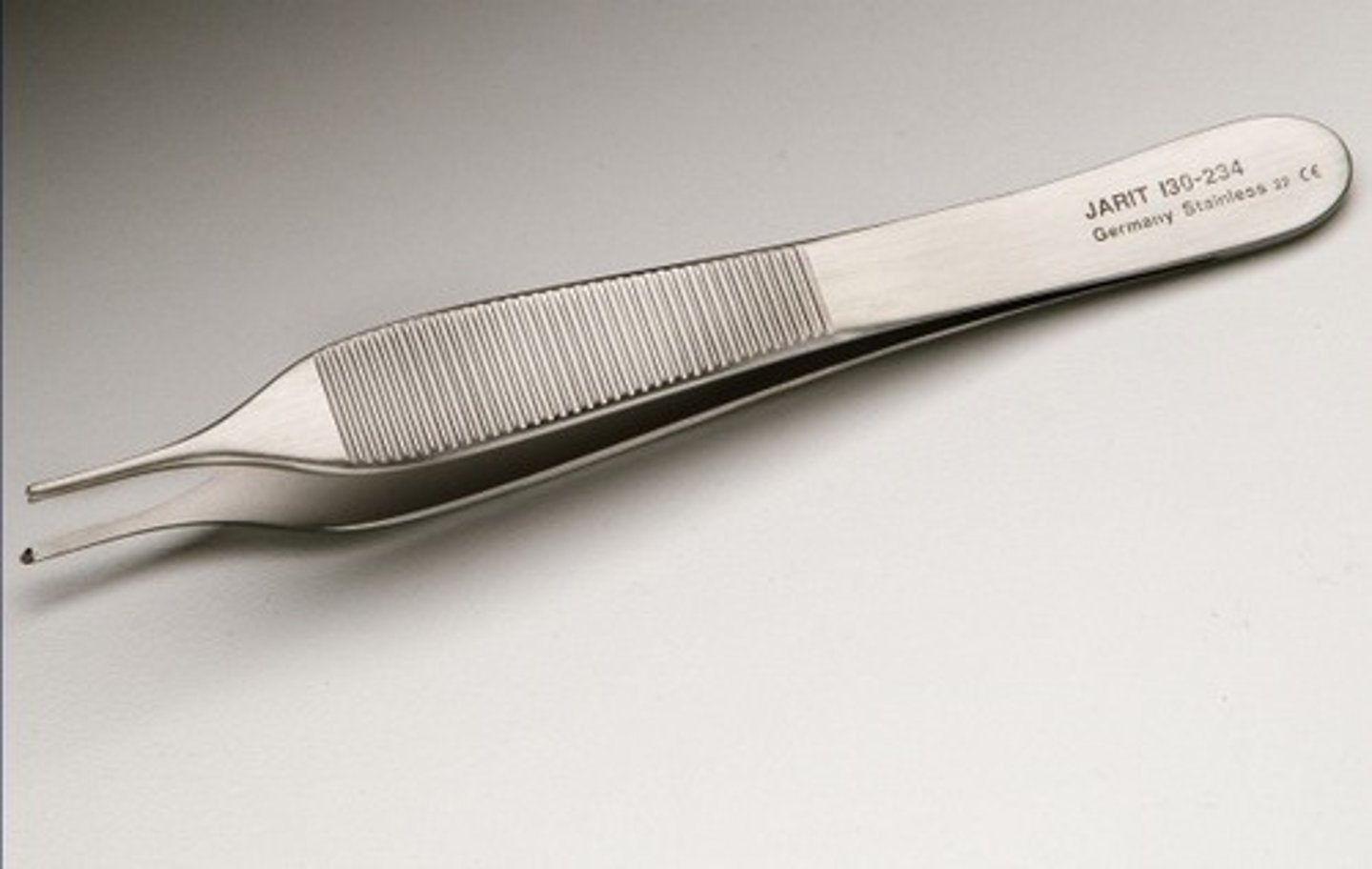
clay triangle
used to support a crucible

test tube brush
used to clean test tubes

bunsen burner
heat source
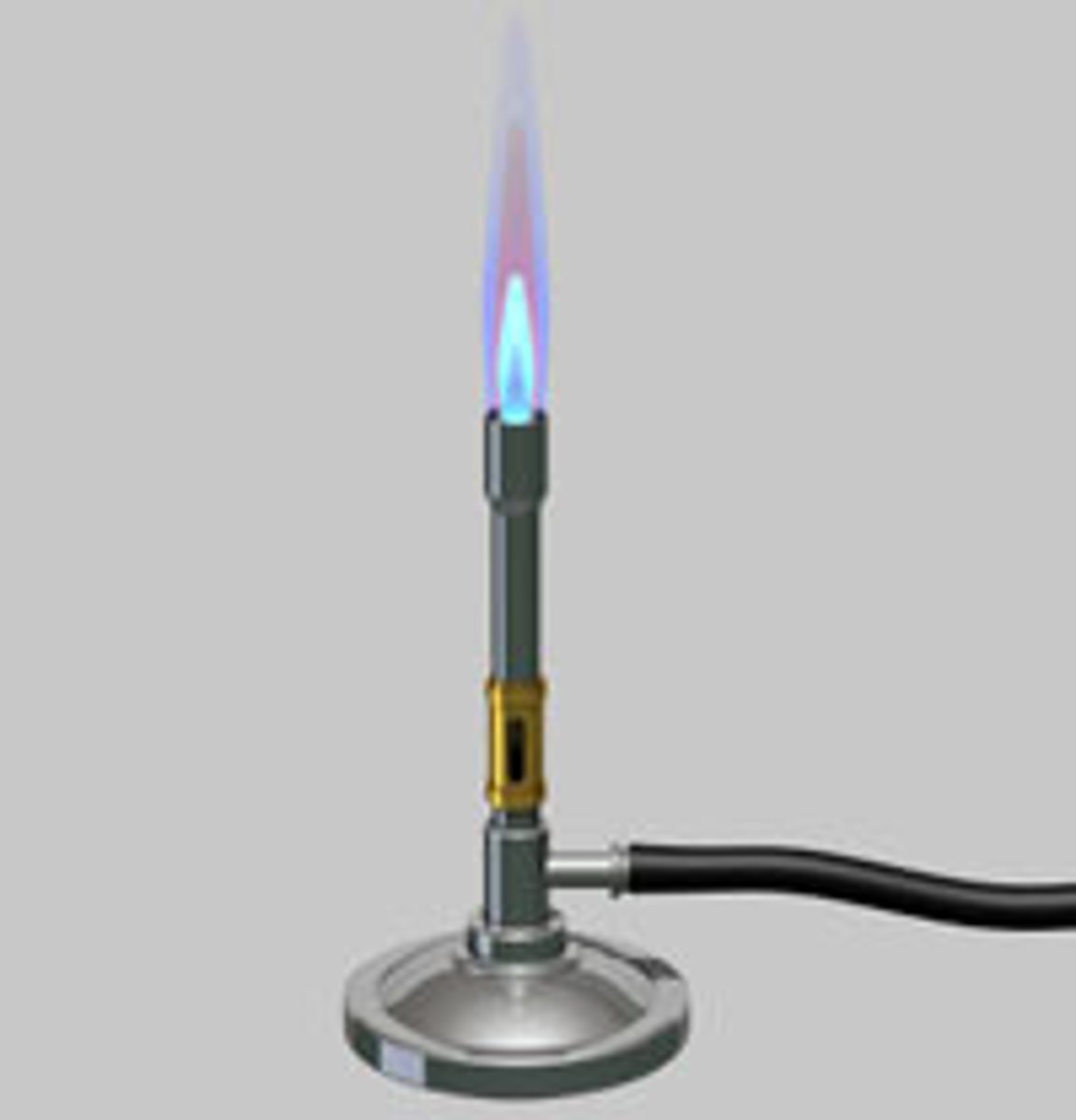
hot plate
a lab tool used to heat substances
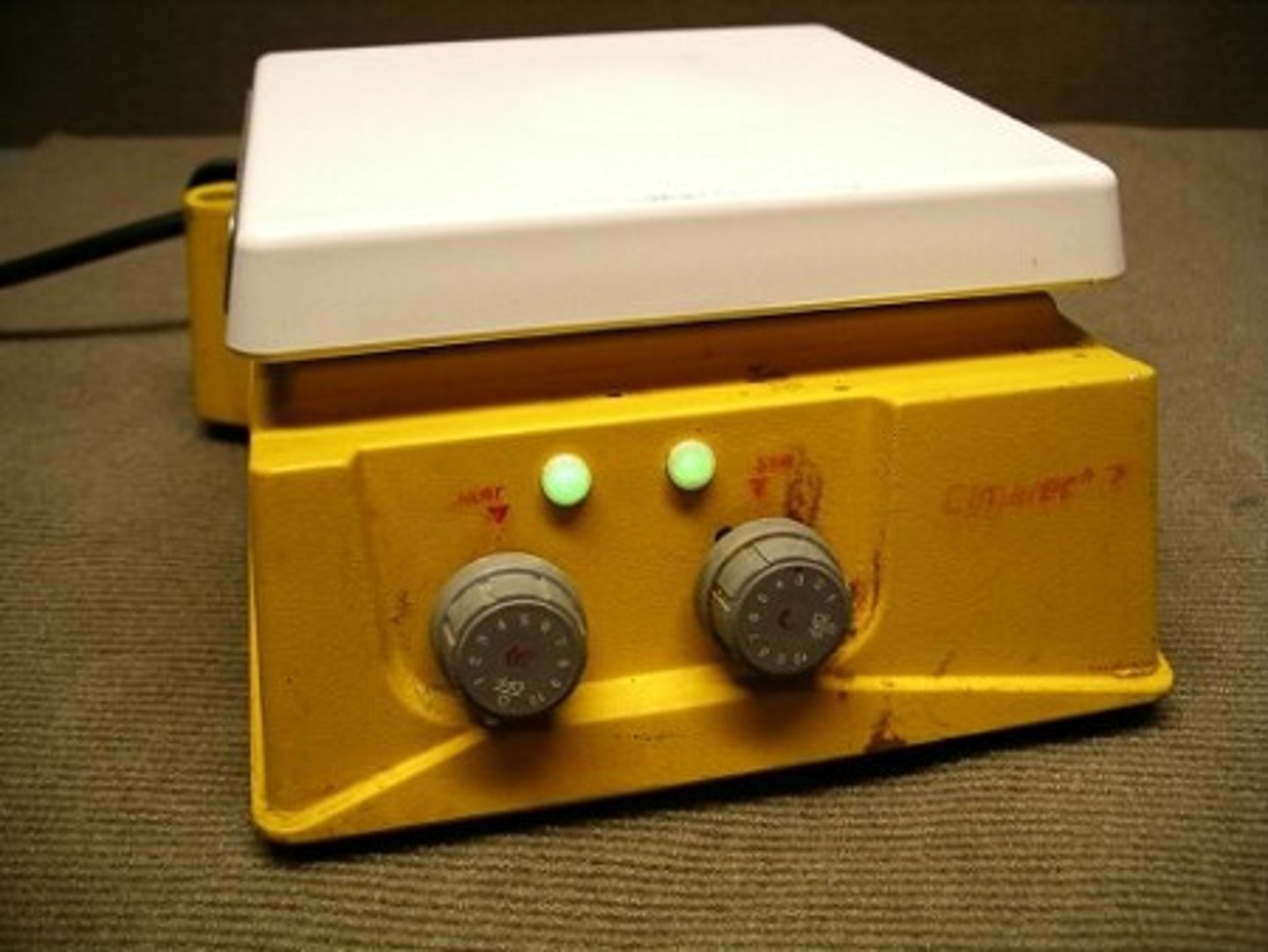
alcohol lamp
uses denatured alcohol instead of gas
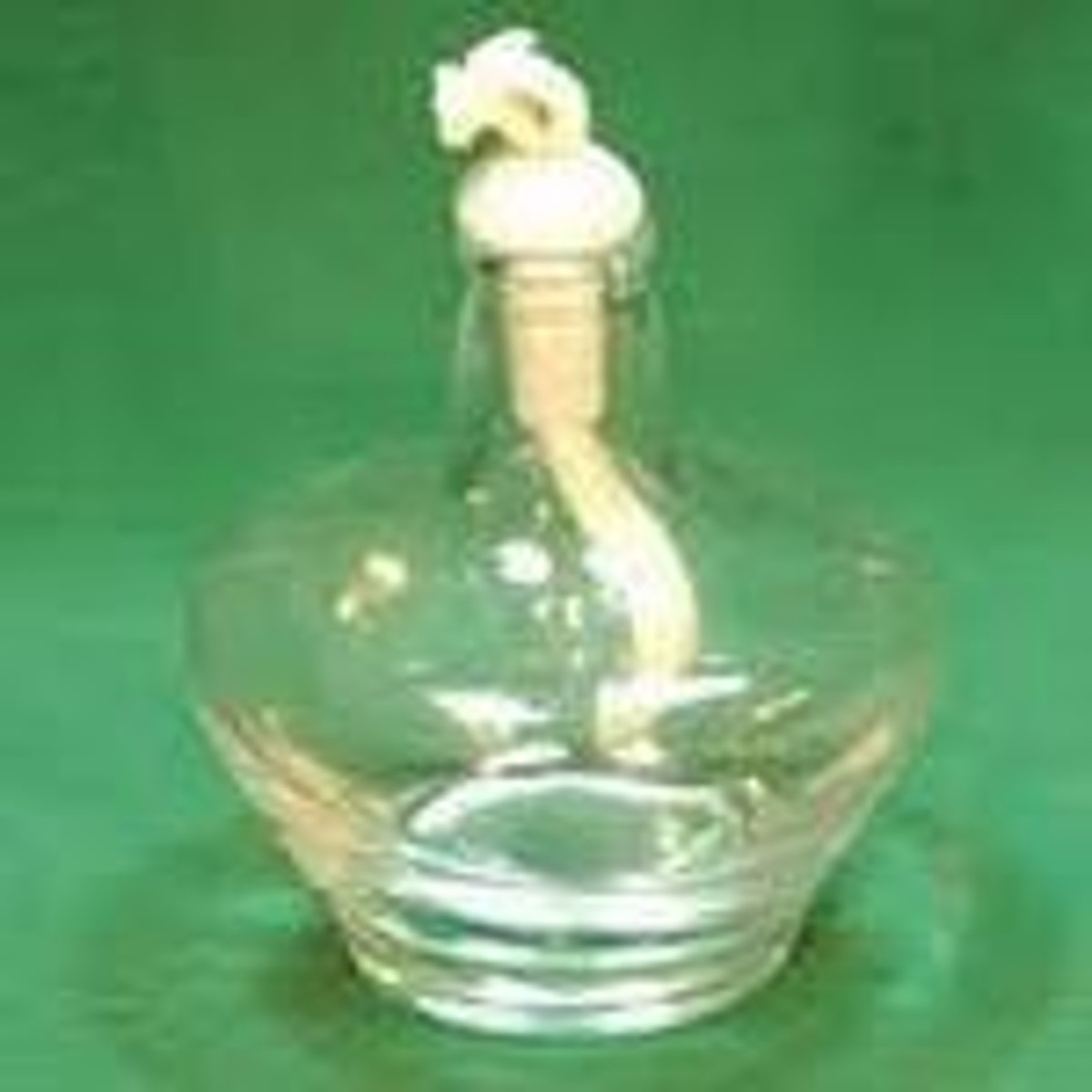
rubber stopper
Used for sealing flasks and other glassware

digital balance
used to determine a smaller, lighter objects mass (battery operated)
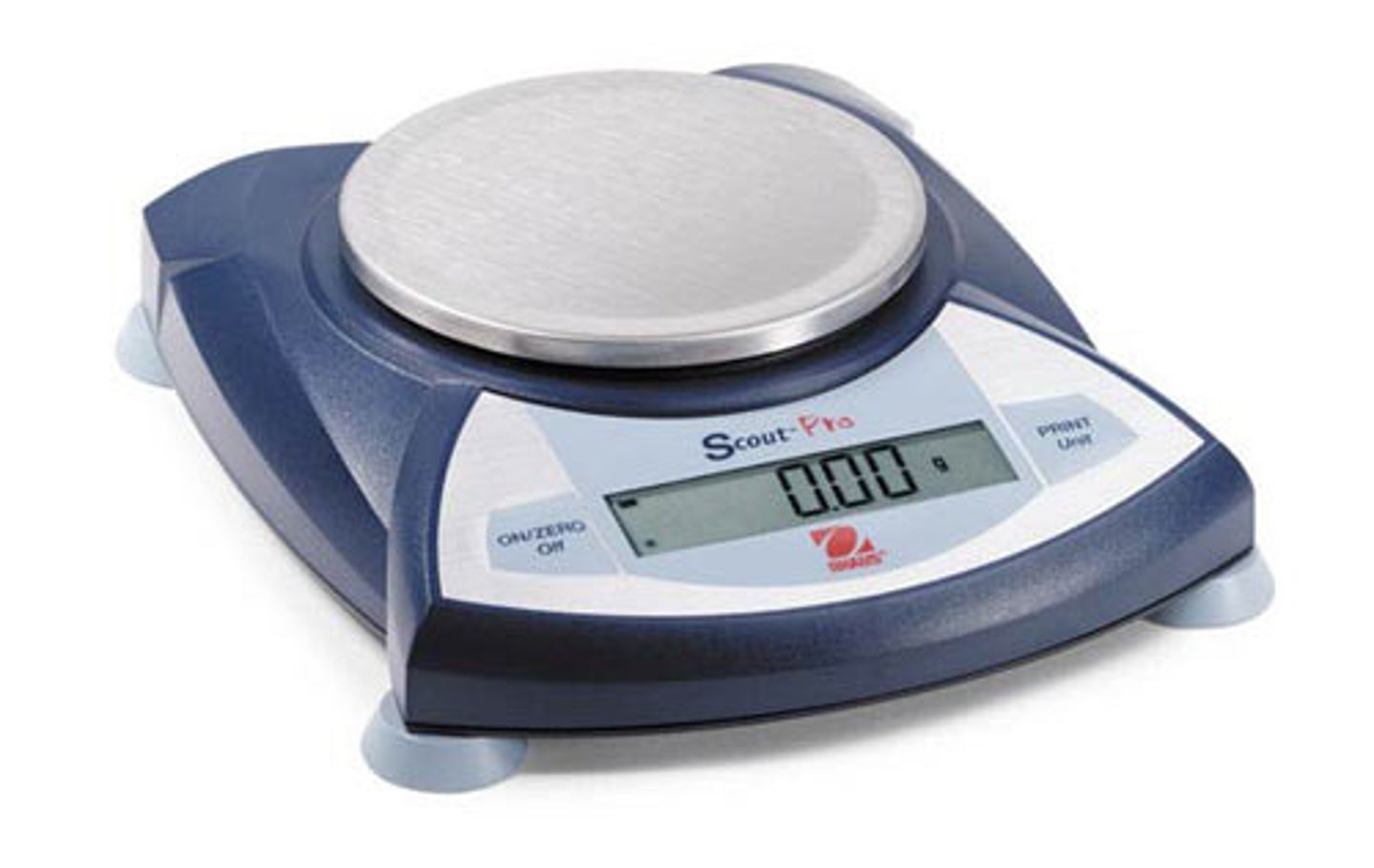
triple-beam balance
tool used to measure mass, three riders of different weighs
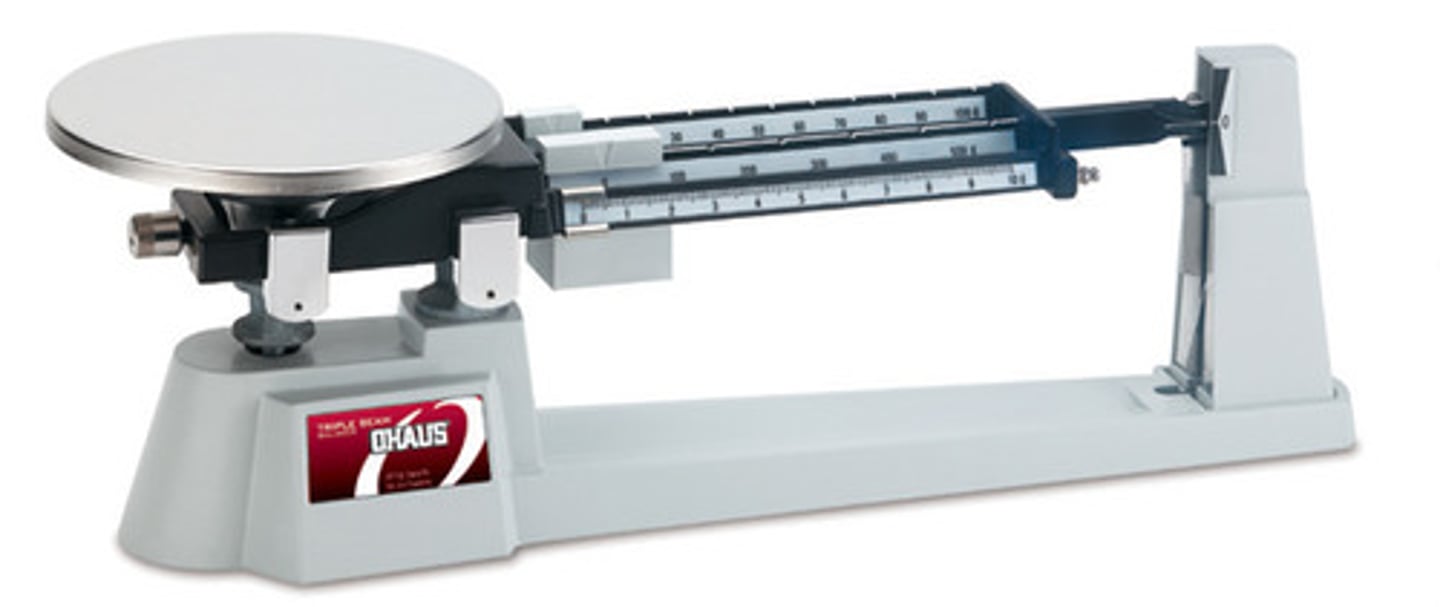
platform balance
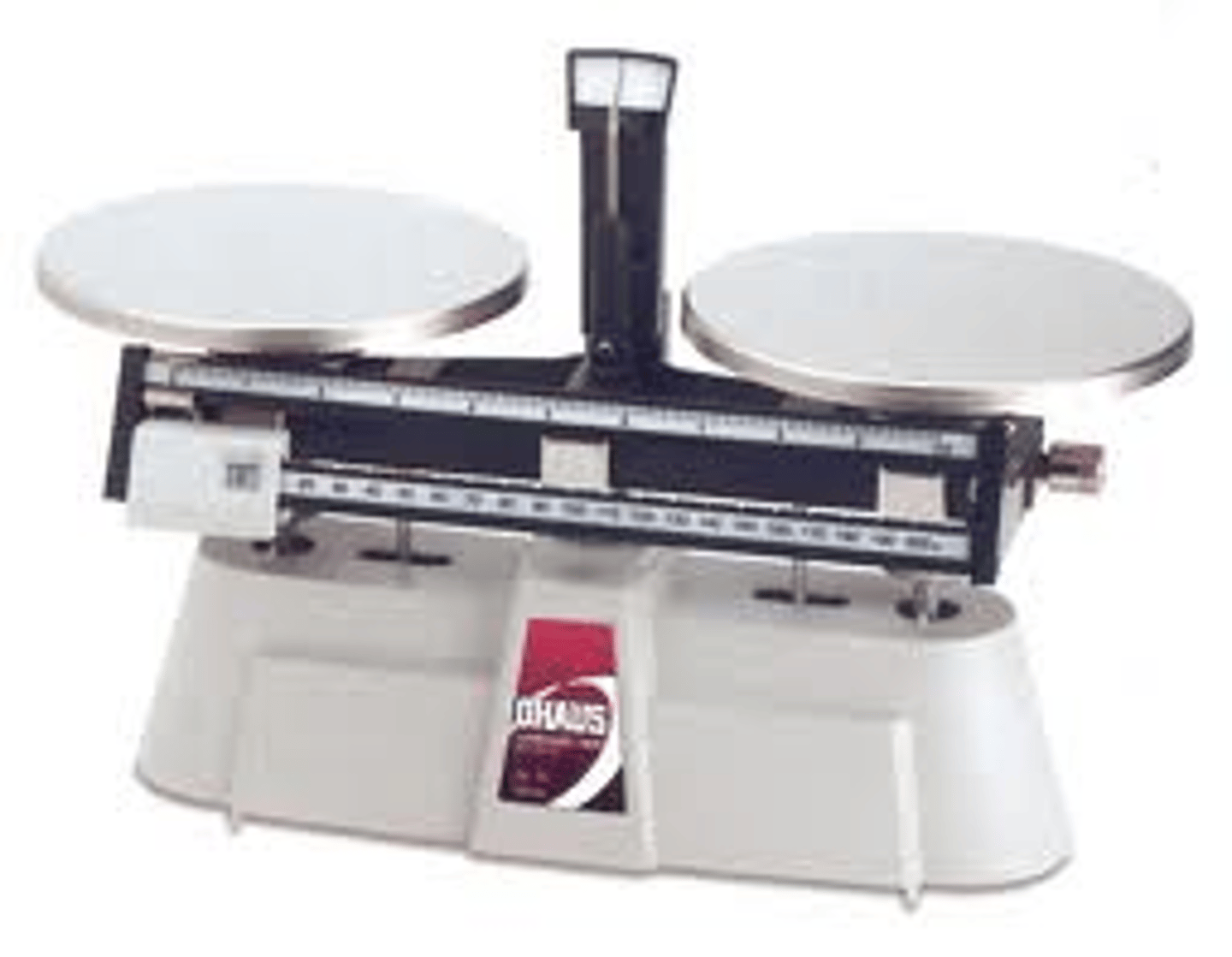
spring balance
a balance that measures weight by the tension of a spring.
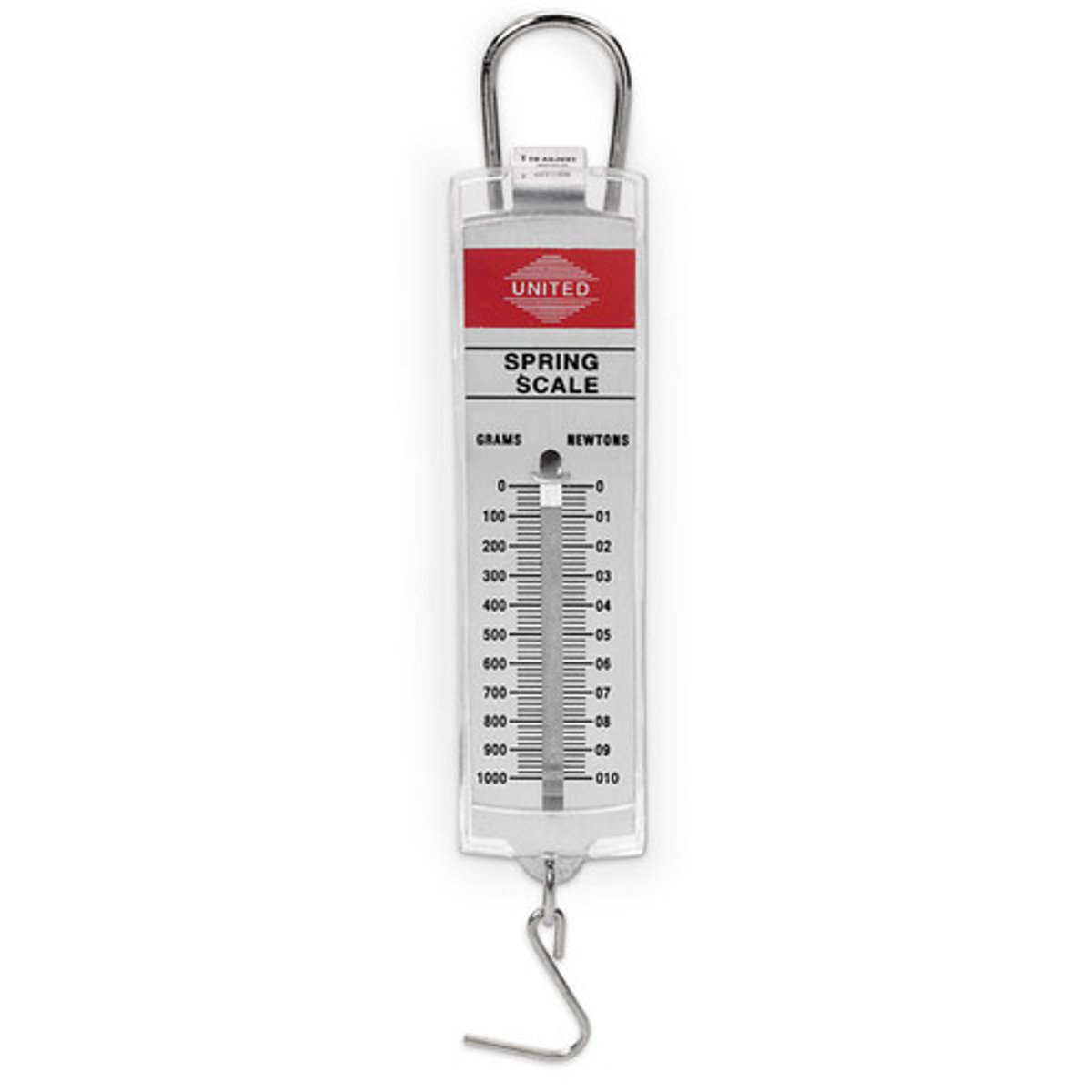
mortar and pestle
Used to grind solids into powders.
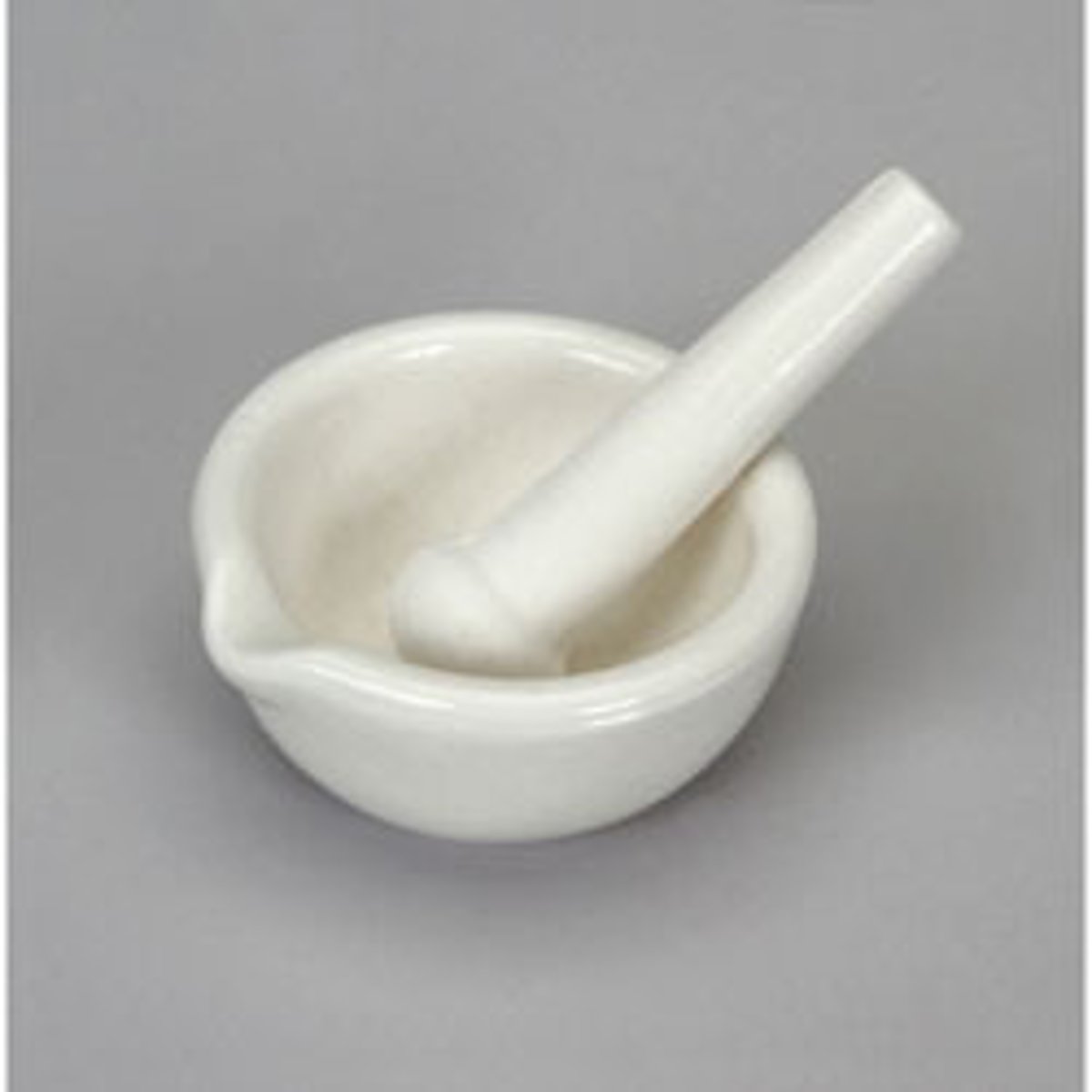
tripod
A three-legged equipment

cover slip
covers specimen
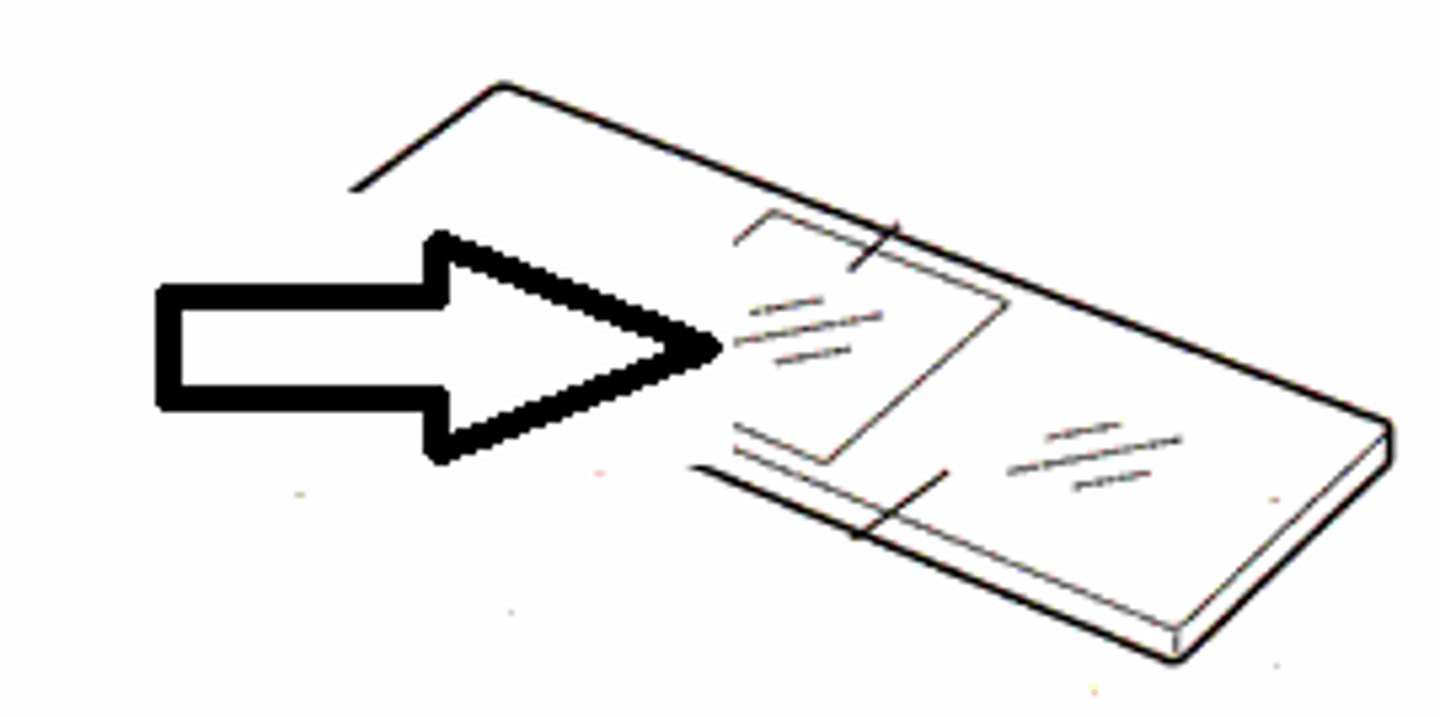
glass slide
Used to place specimen

dissecting pins
Holds specimen on dissecting tray

dissecting scissors
Cuts specimen to be studied
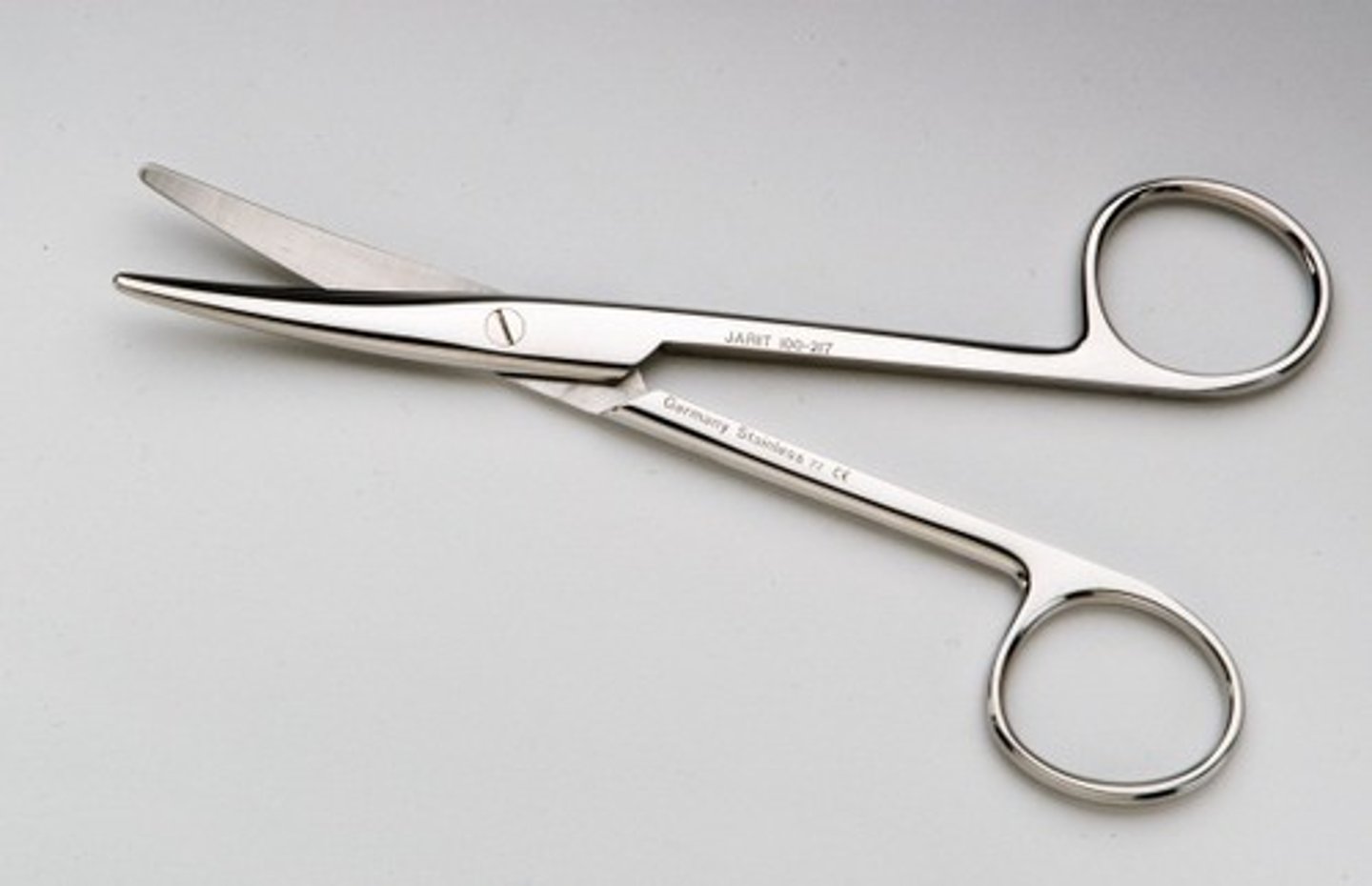
dissecting tray
holds specimen for dissection
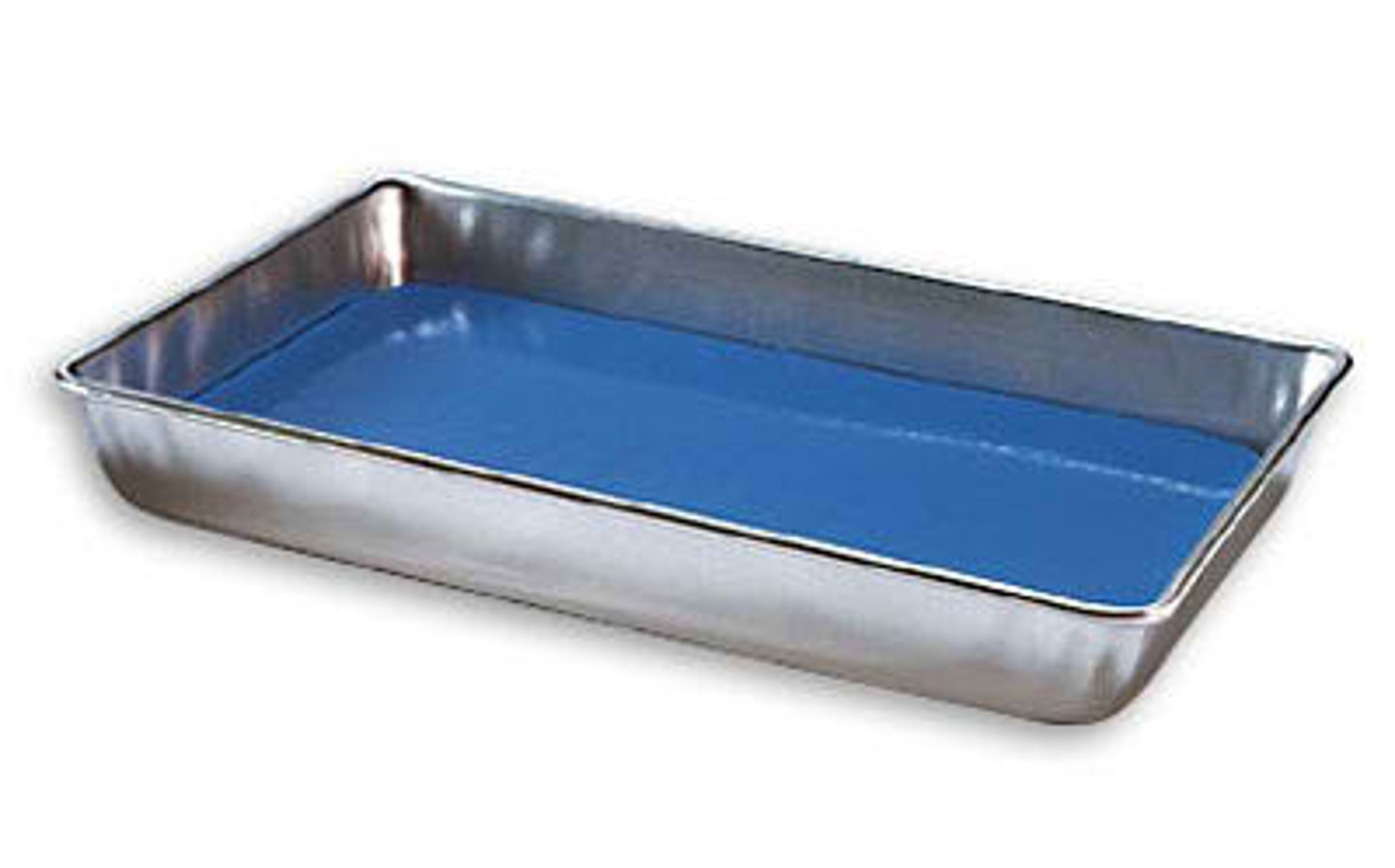
medicine dropper
to transfer/measure small amounts of liquid
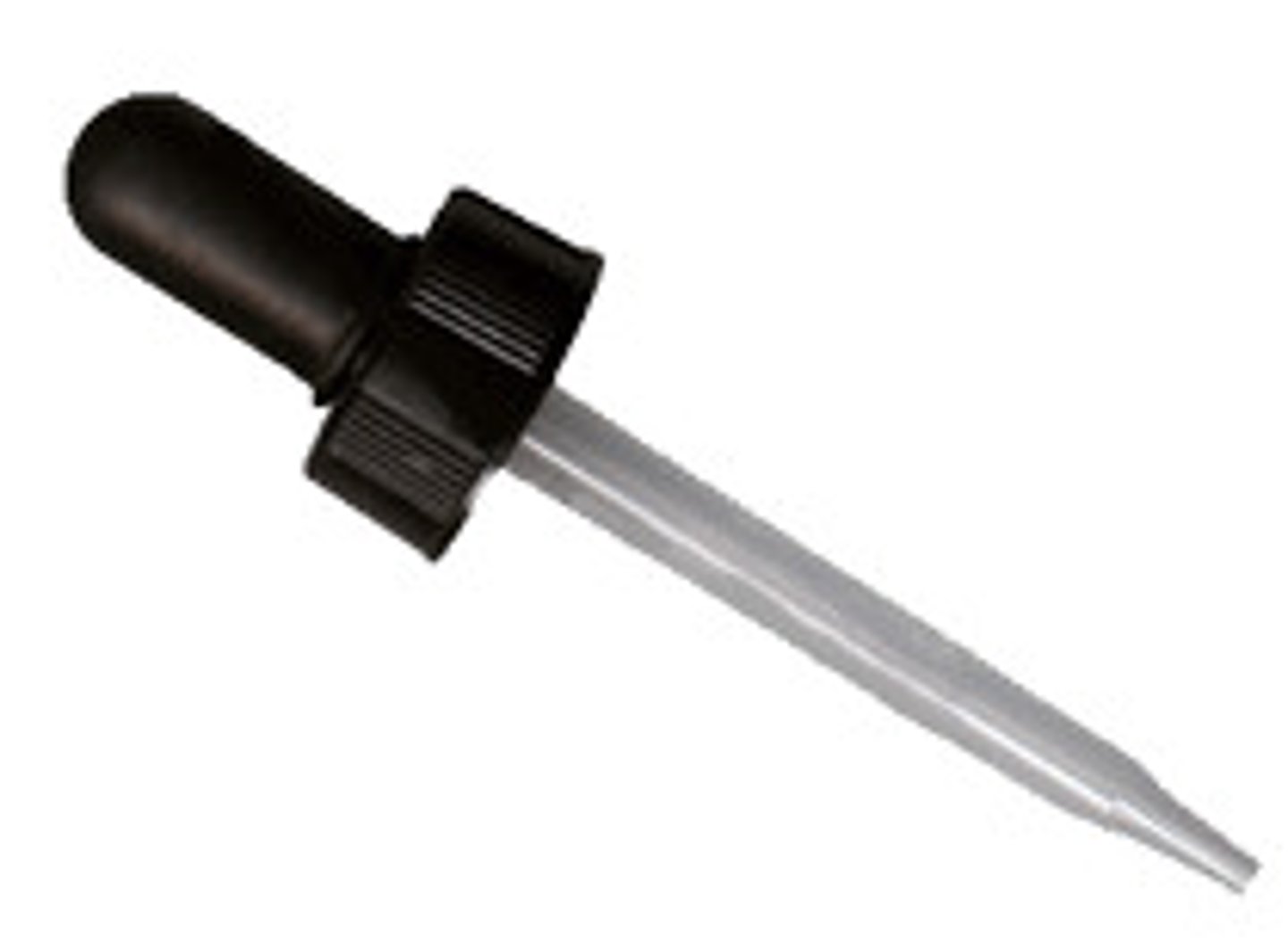
magnifying glass/hand lens
magnifies small objects
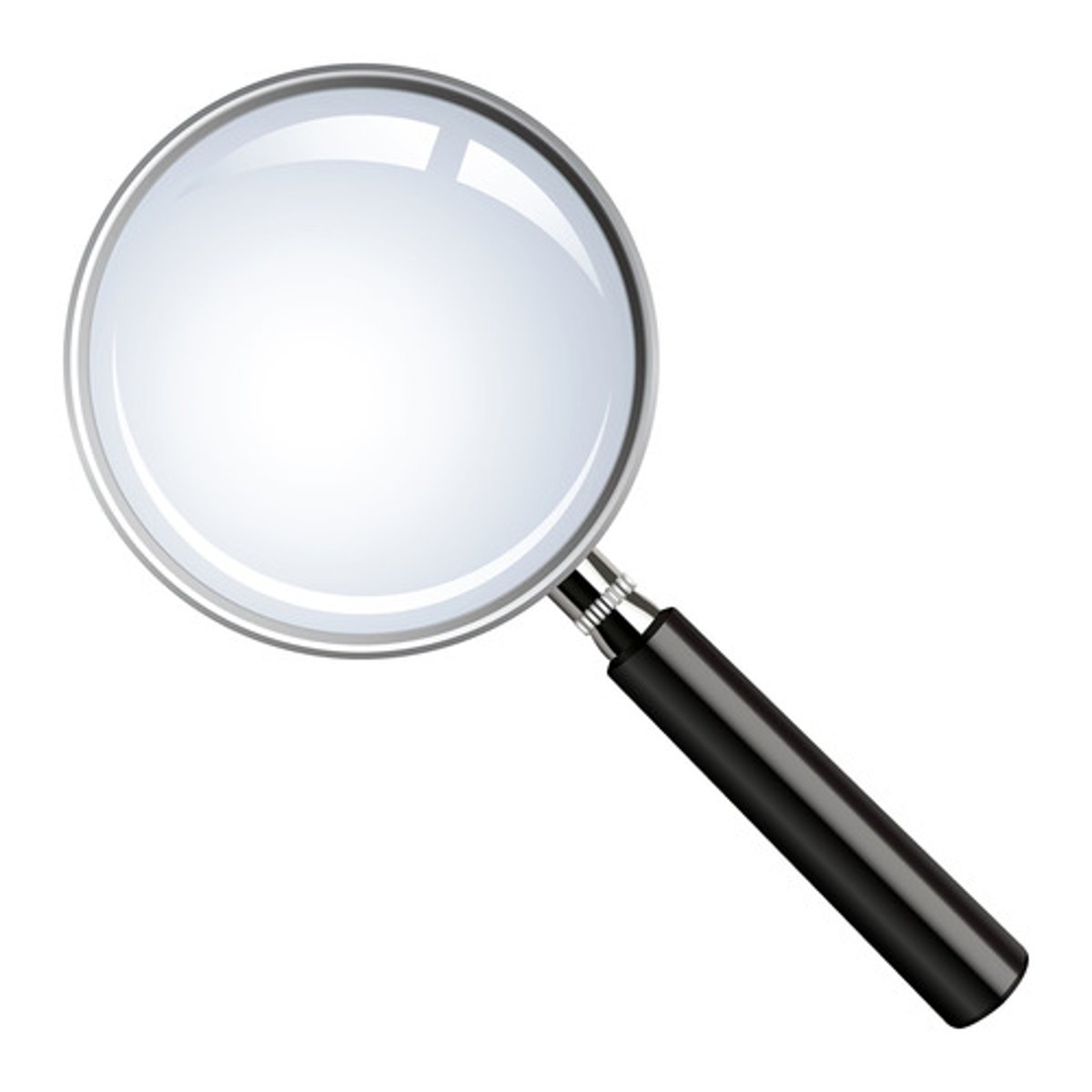
microscope
used to examine microscopic specimen
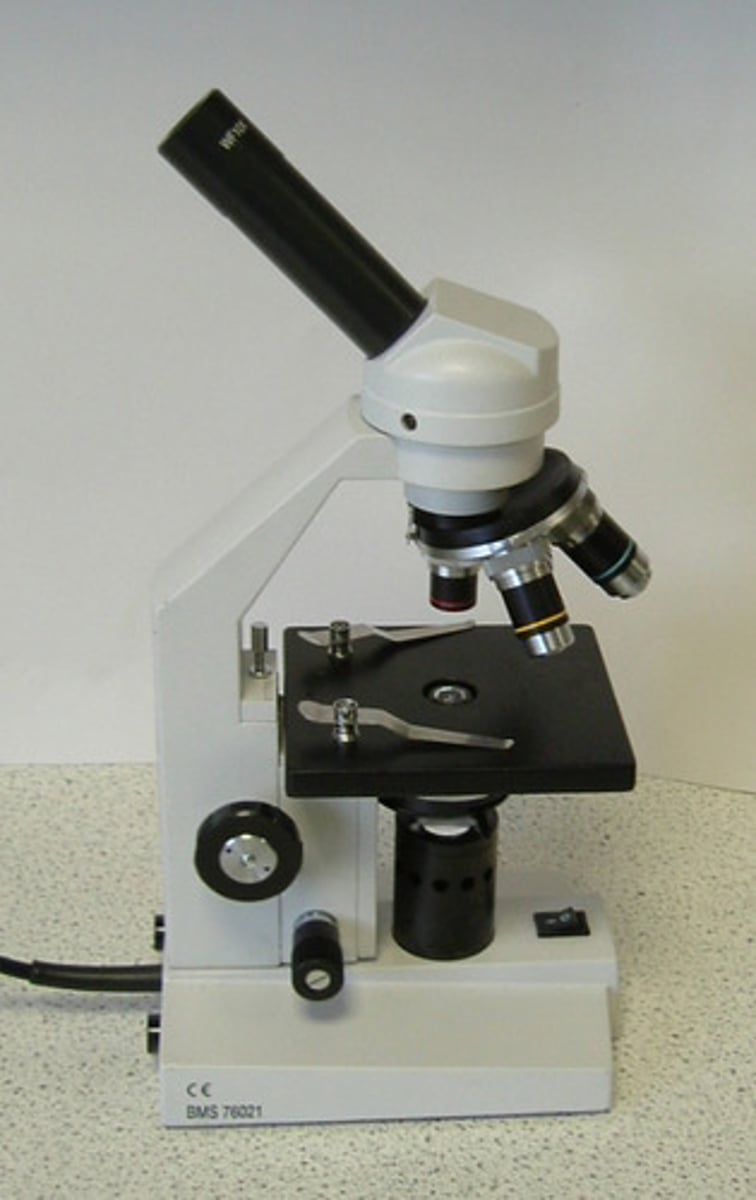
petri dish
Shallow dish used for bacterial cultures

watch glass
used to cover beaker
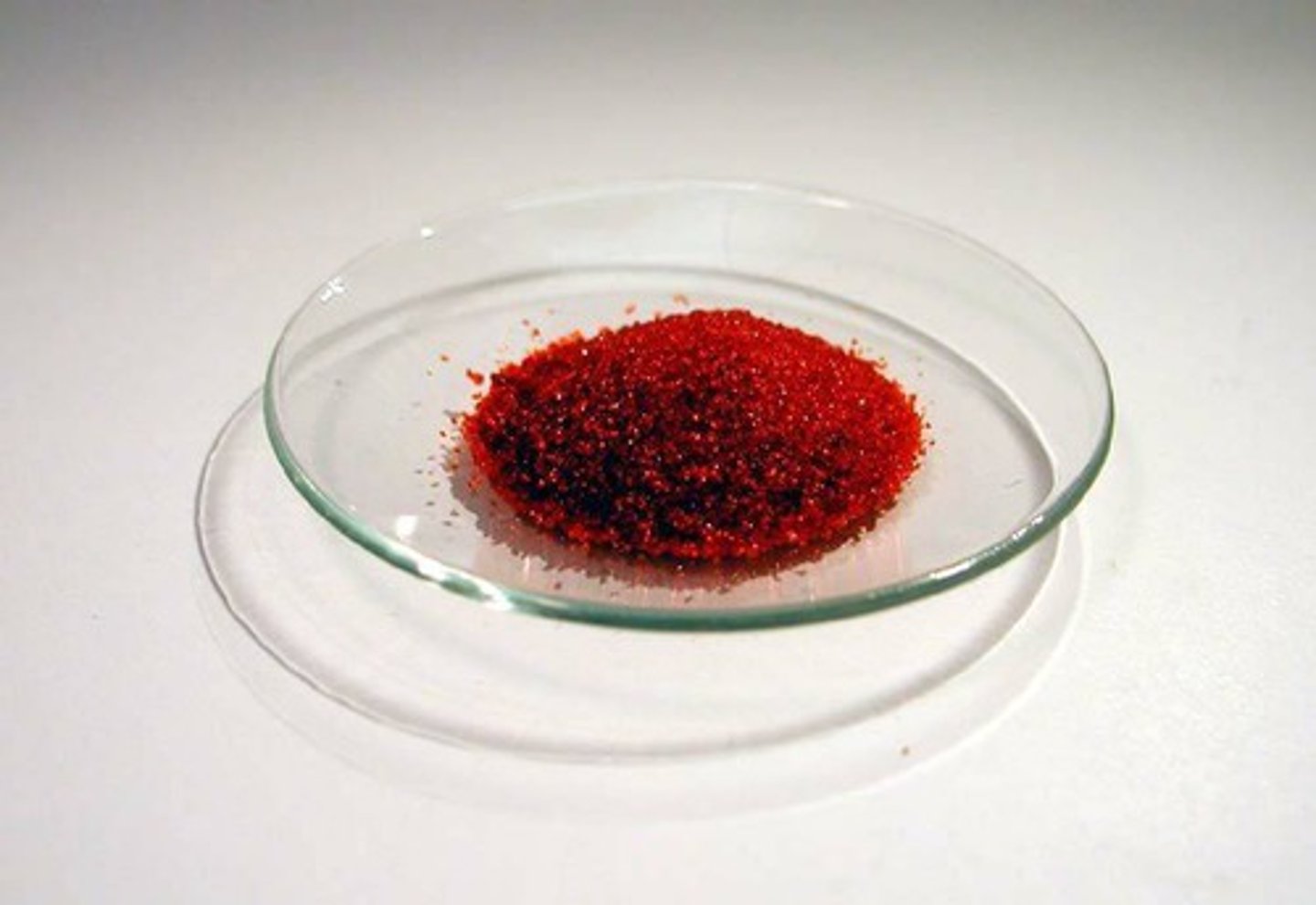
pipette
draws fluid by suction
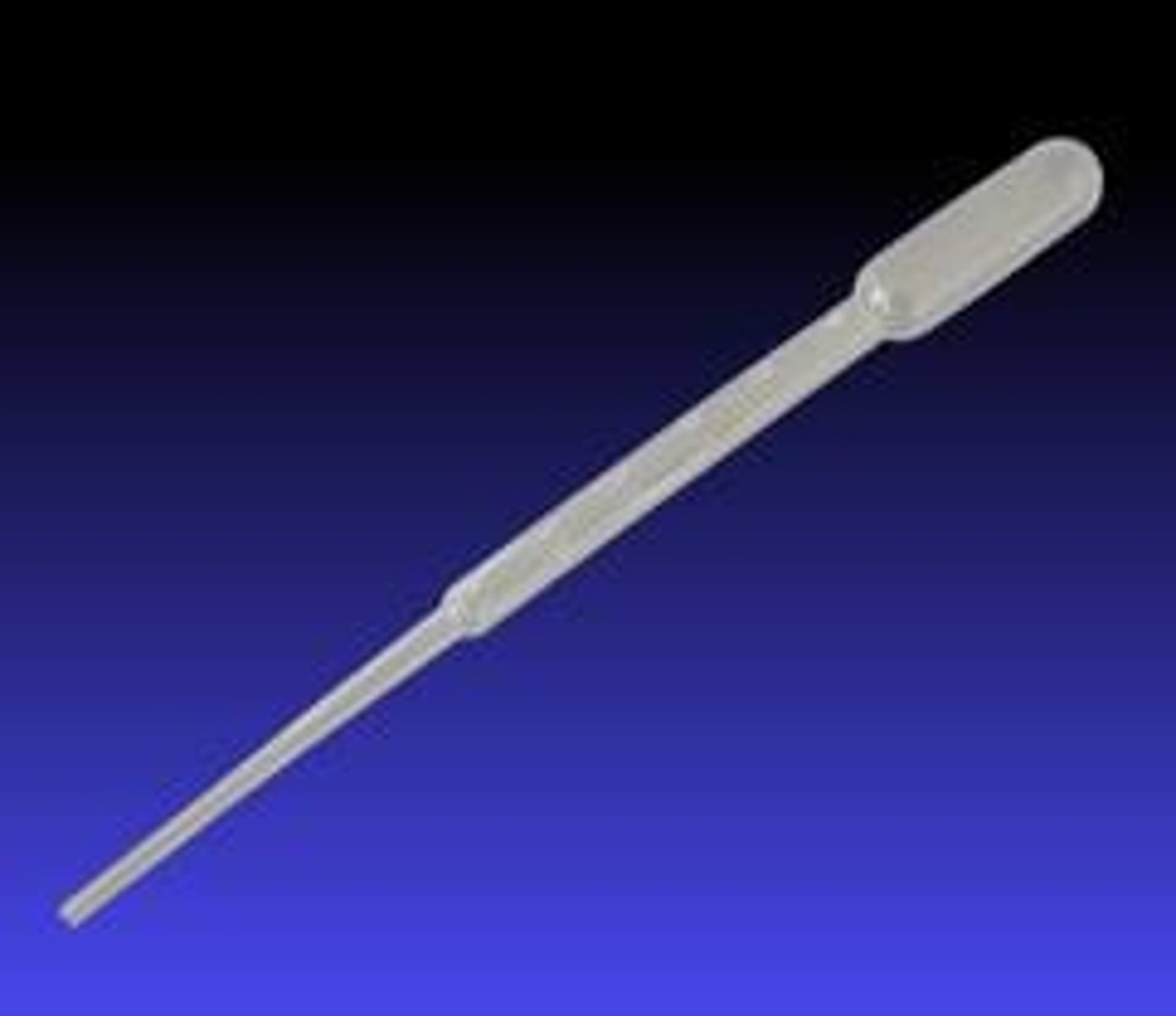
probe
Pointed object used to examine specimens
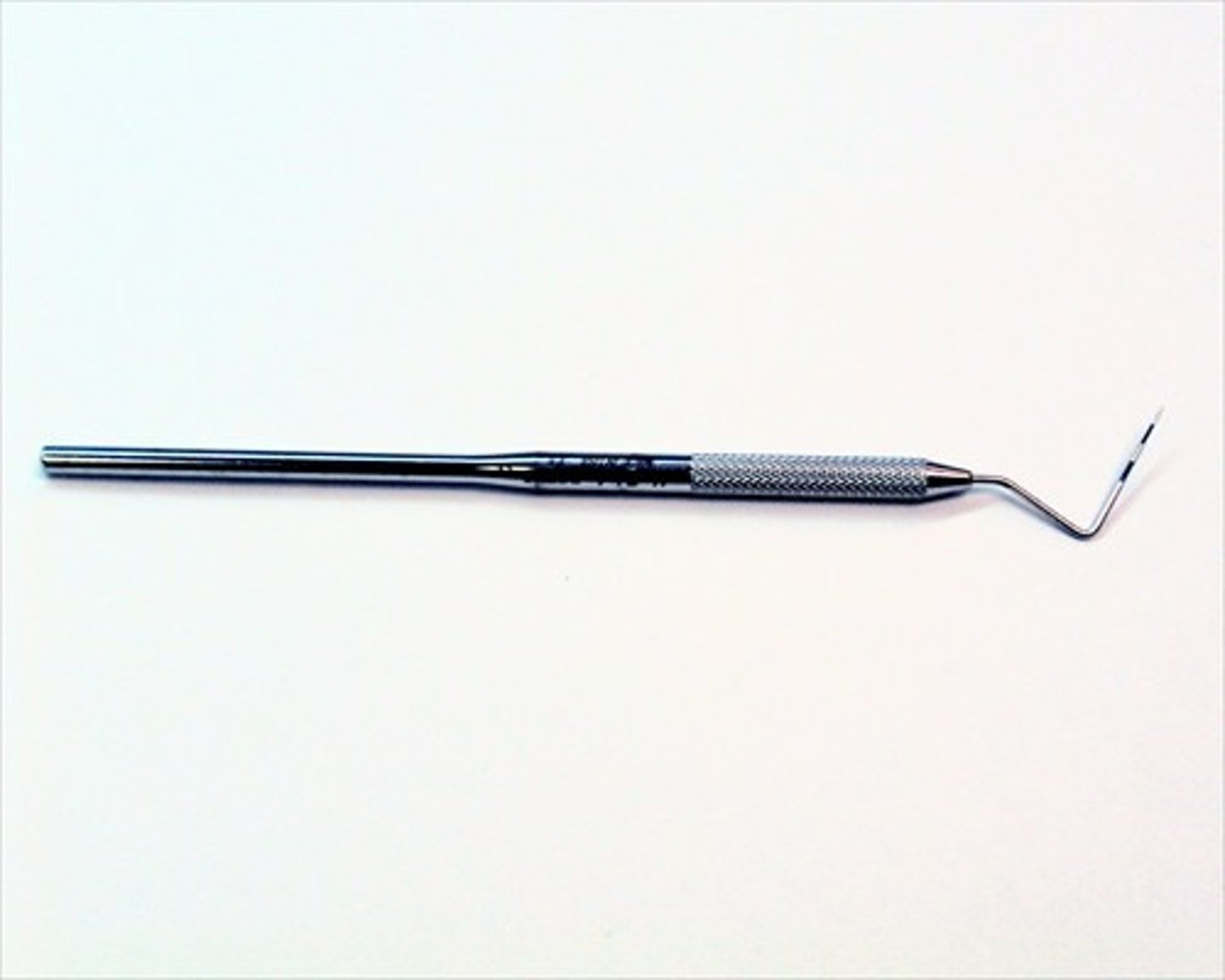
meterstick
used to measure length
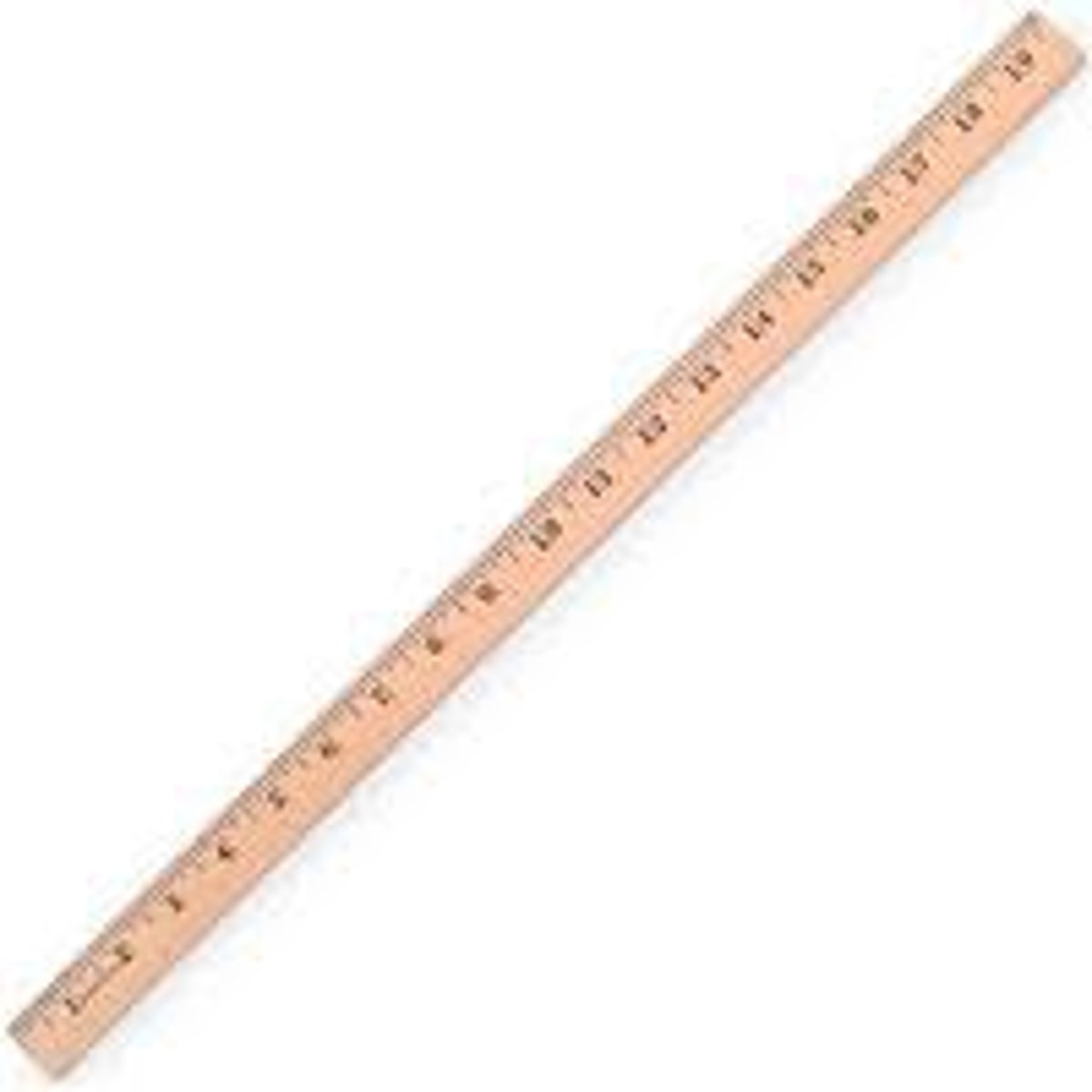
safety goggles
Used to protect eyes
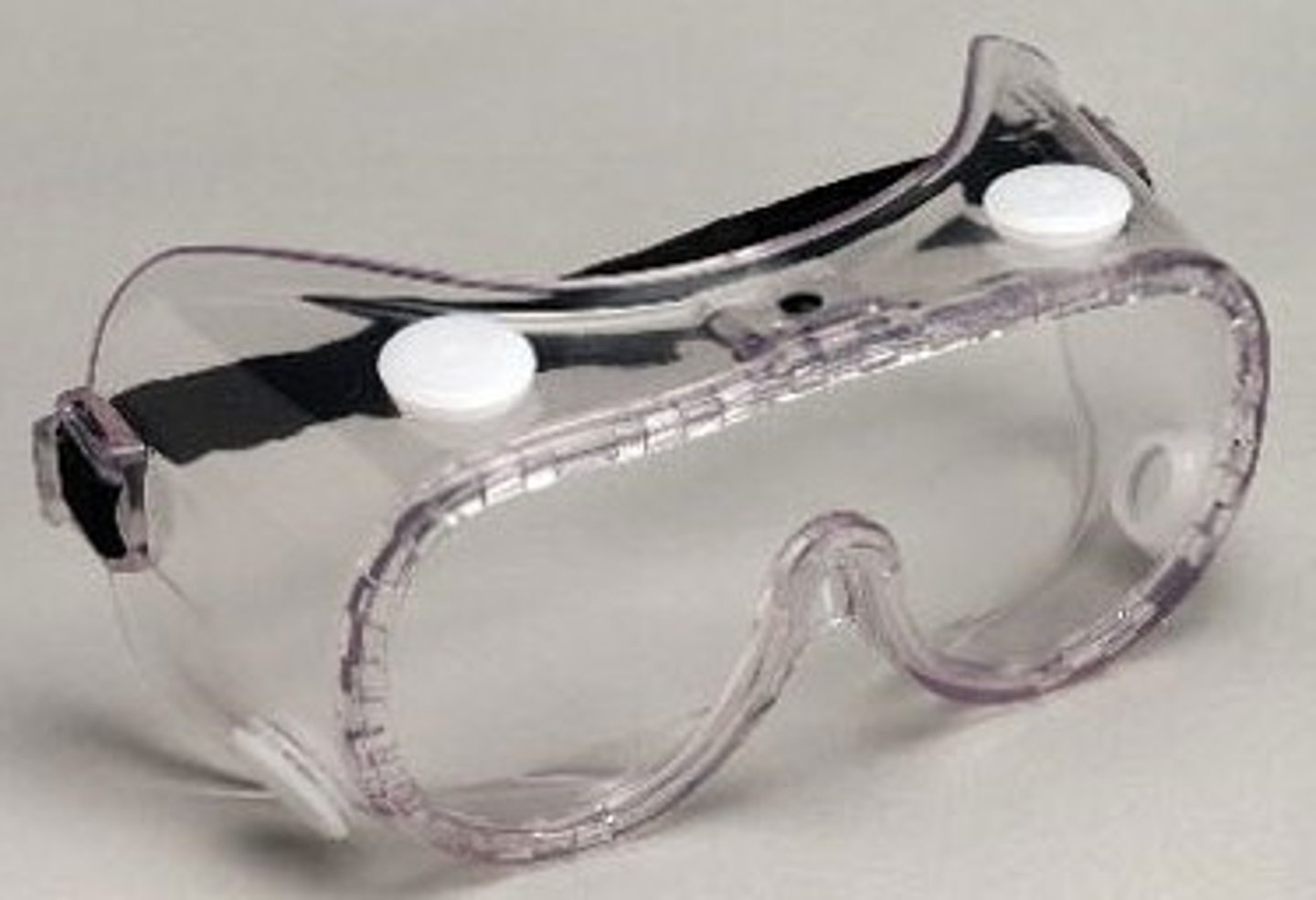
scalpels
Small, sharp knife used to dissect
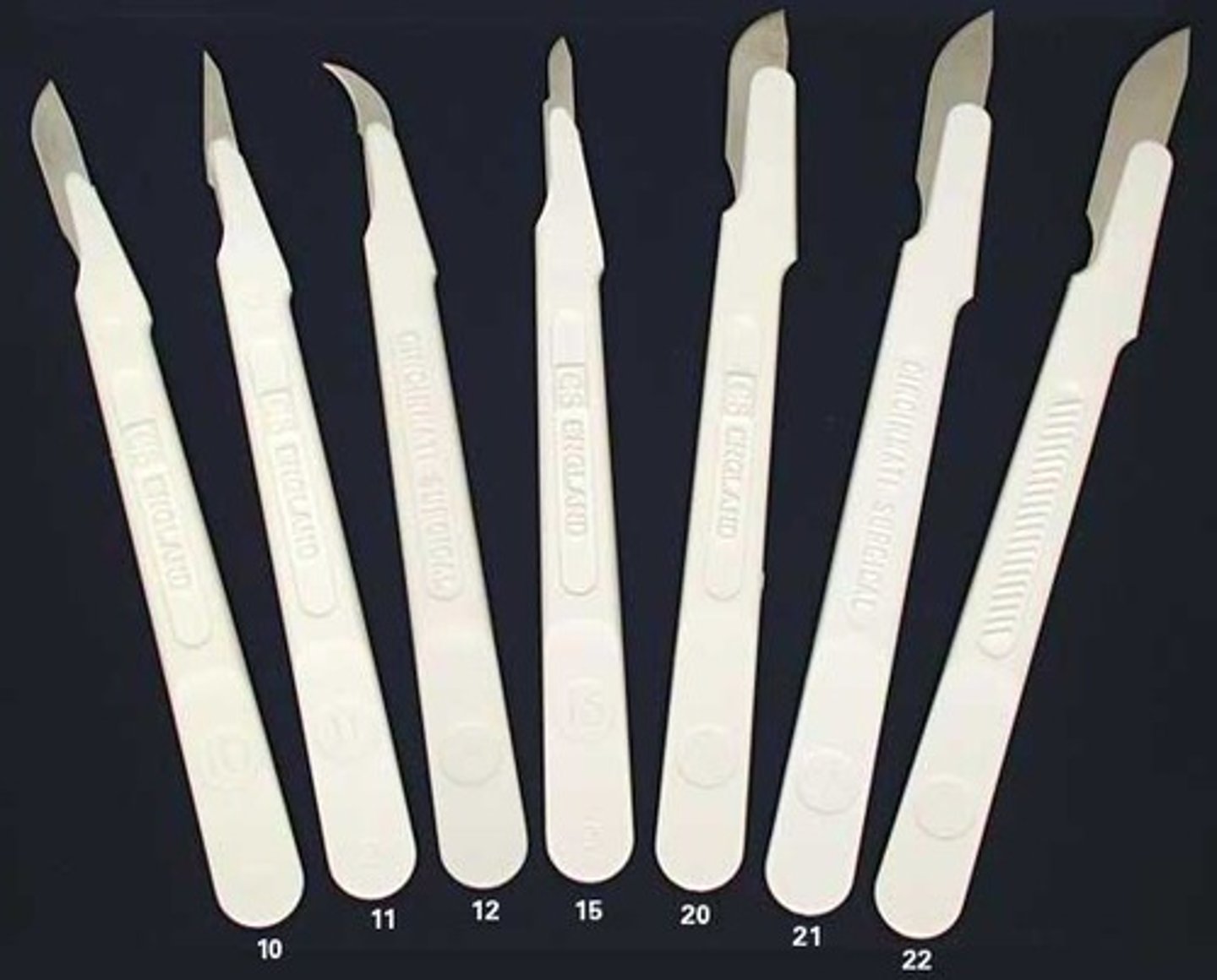
thermometer
measures temperature
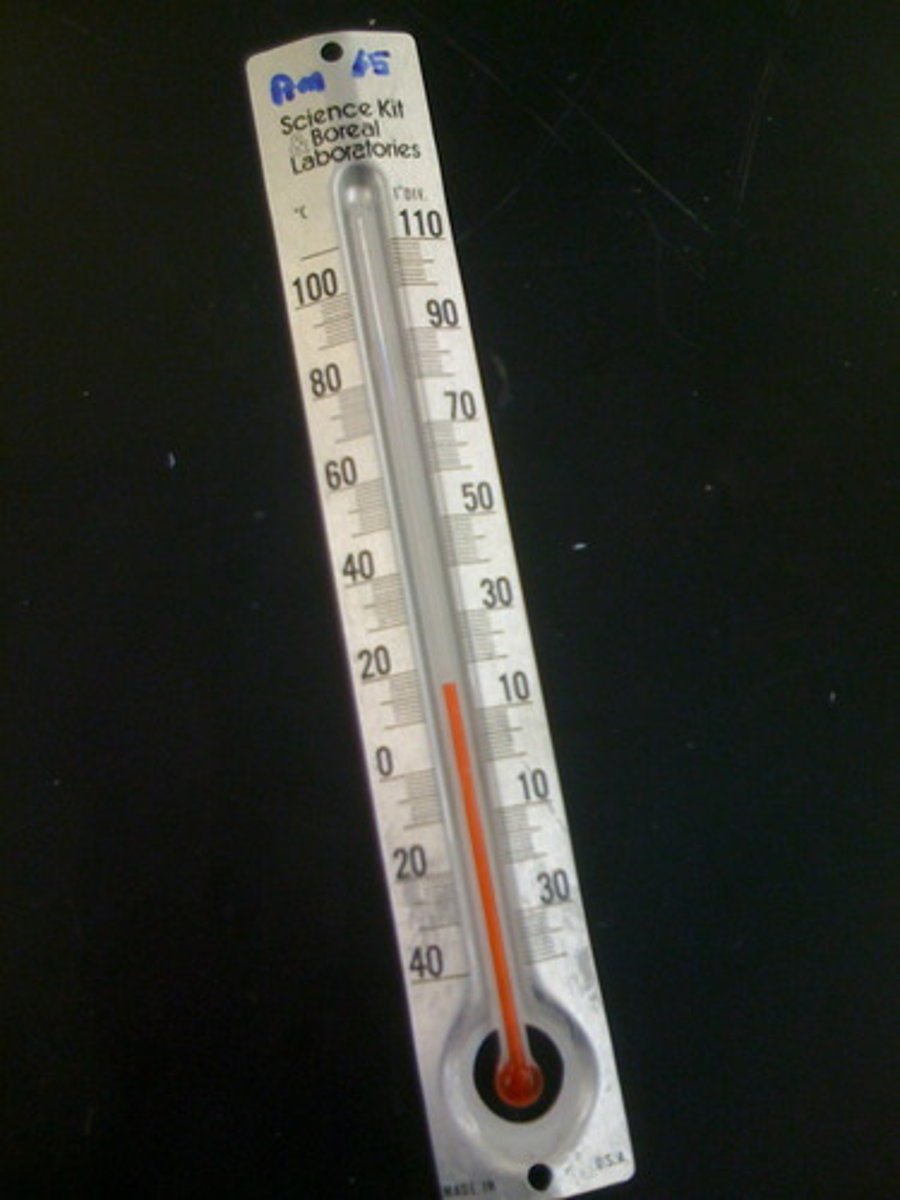
spatula
used to scoop chemicals
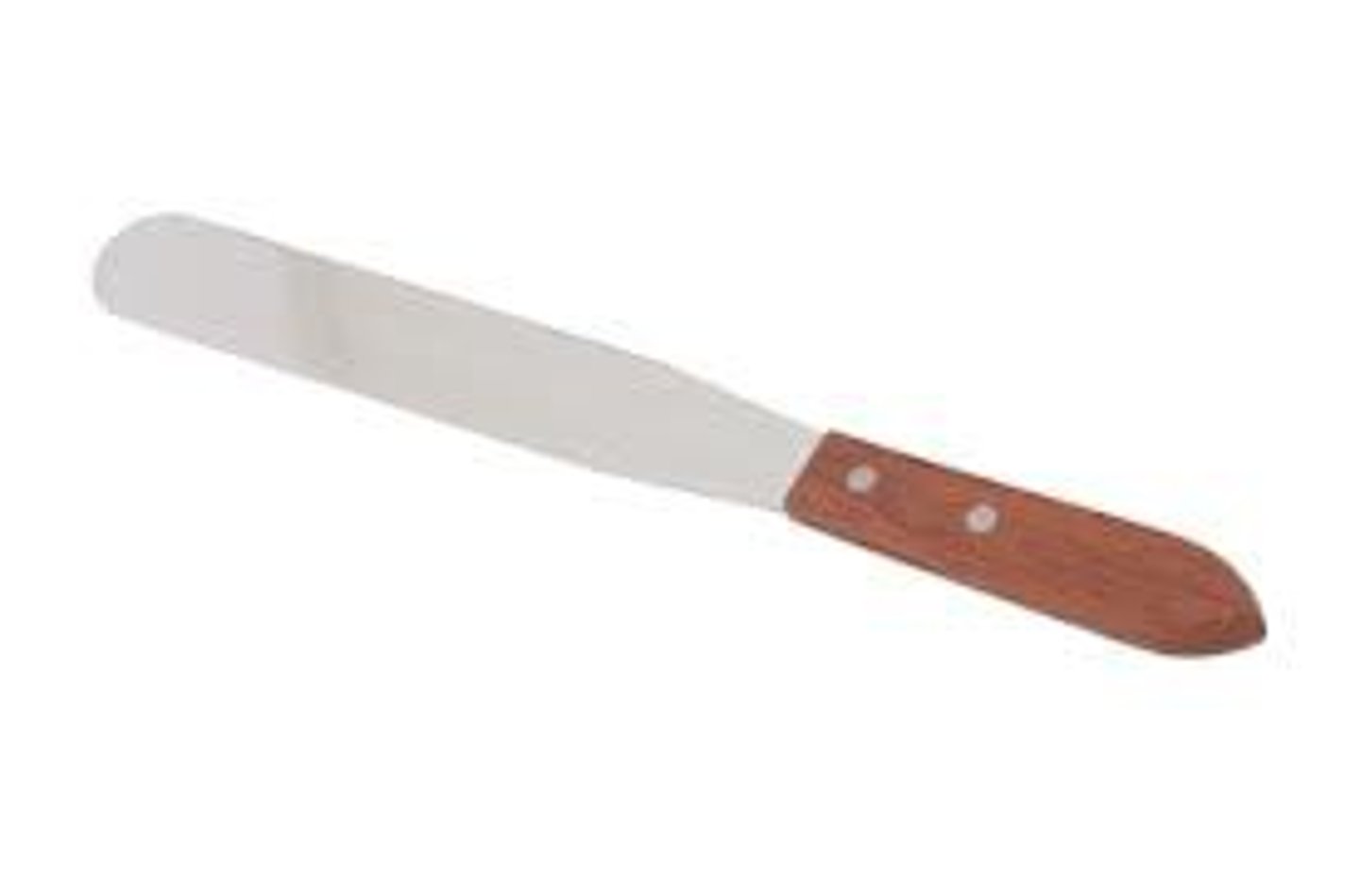
spot plate
used to observe small amount of substances

volumentric flask
gas collecting bottle
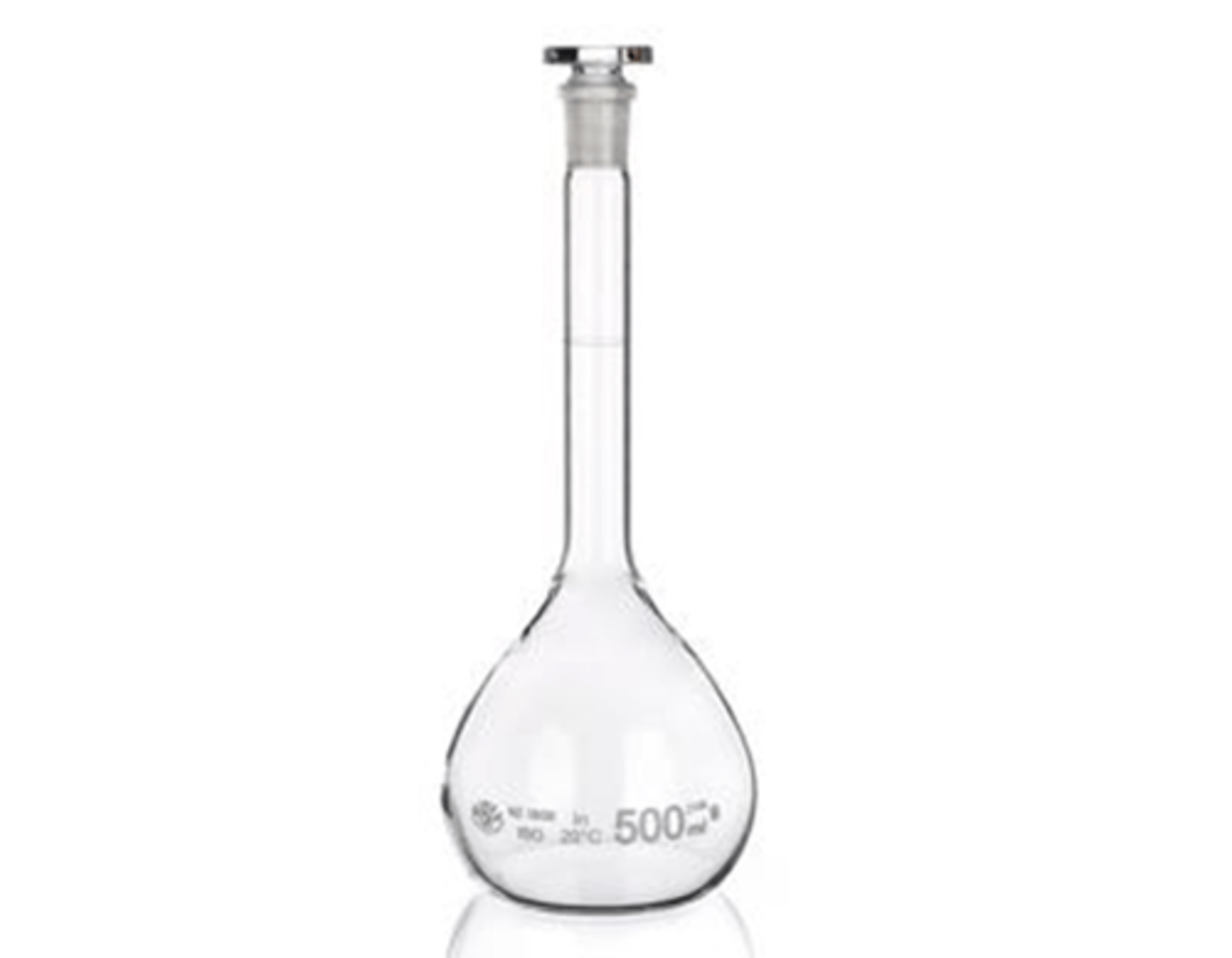
zoology
the study of animals
botany
study of plants
microbiology
The study of microorganisms
bacteriology
study of bacteria
virology
study of viruses
protozoology
study of protozoans
protozoans
single-celled organisms
taxonomy
The naming and classifying of organisms
cytology
study of cells
genetics
study of heredity and variation
ecology
Relationships of organisms with their environment
morphology
The study of forms, sizes, or shapes of organisms
physiology
Functions of organisms, e.g., the heart pumping blood
anatomy
The structure and parts of organisms
evolution
Origin and differentiation of various organisms
entomology
the study of insects
herpetology
The study of amphibians and reptiles
Ichthyology
the study of fish
Ornithology
The study of birds
parasitology
the study of parasites
mammalogy
The study of mammals
immunology
The study of the immune system and its role in disease protection
biochemistry
The study of the biochemical composition of living things
bioinformatics
The study of biological data using computer programs
genomics
The study of the entire genetic material of an organism
molecular biology
The study of molecules that make up cells of living organisms
Pharmacogenomics
The study of how genes affect a person's response to drugs
proteomics
The study of different proteins in the body
systemic biology
The design of biological parts, devices, and systems
systems biology
The study of biological systems, behavior, and interactions
Aristotle
father of biology
CAROLUS LINNAEUS
Father of taxonomy
LOUIS PASTEUR
father of bacteriology
ALEXANDER FLEMING
Discovered penicillin
ROBERT HOOKE
Discovered cells
CHARLES DARWIN
theory of evolution
EDWARD JENNER
Discovered the smallpox vaccine
Anton van Leeuwenhoek
Father of Microbiology
Andreas Vesalius
Father of Anatomy
James Watson and Francis Crick
structure of
DNA or DNA double
helix model.
Kary Mullis
He developed the PCR (Polymerase Chain
Reaction)
Rosalind Franklin and Maurice Wilkins
Diffraction Pattern of DNA
Fredrick Sanger and Walter Gilbert
independently developed DNA sequencing
technology that led to the discovery of genes.
Paulo Campos
Father of Nuclear Medicine
Alfredo Santos
Father of Natural Products
Francisco Fronda
Pioneer in Poultry Development
Julian Banzon
Studied agro-industrial waste for energy